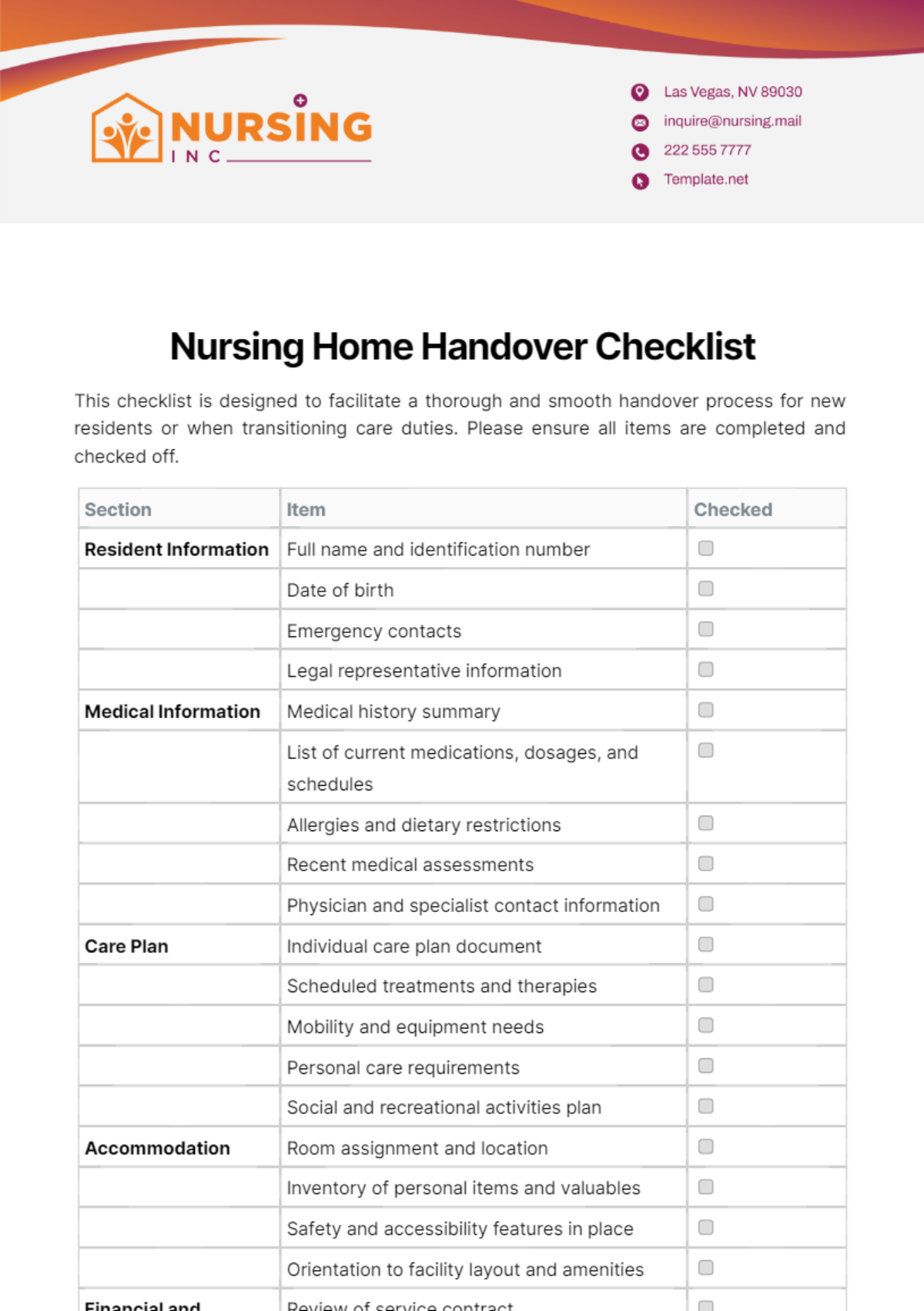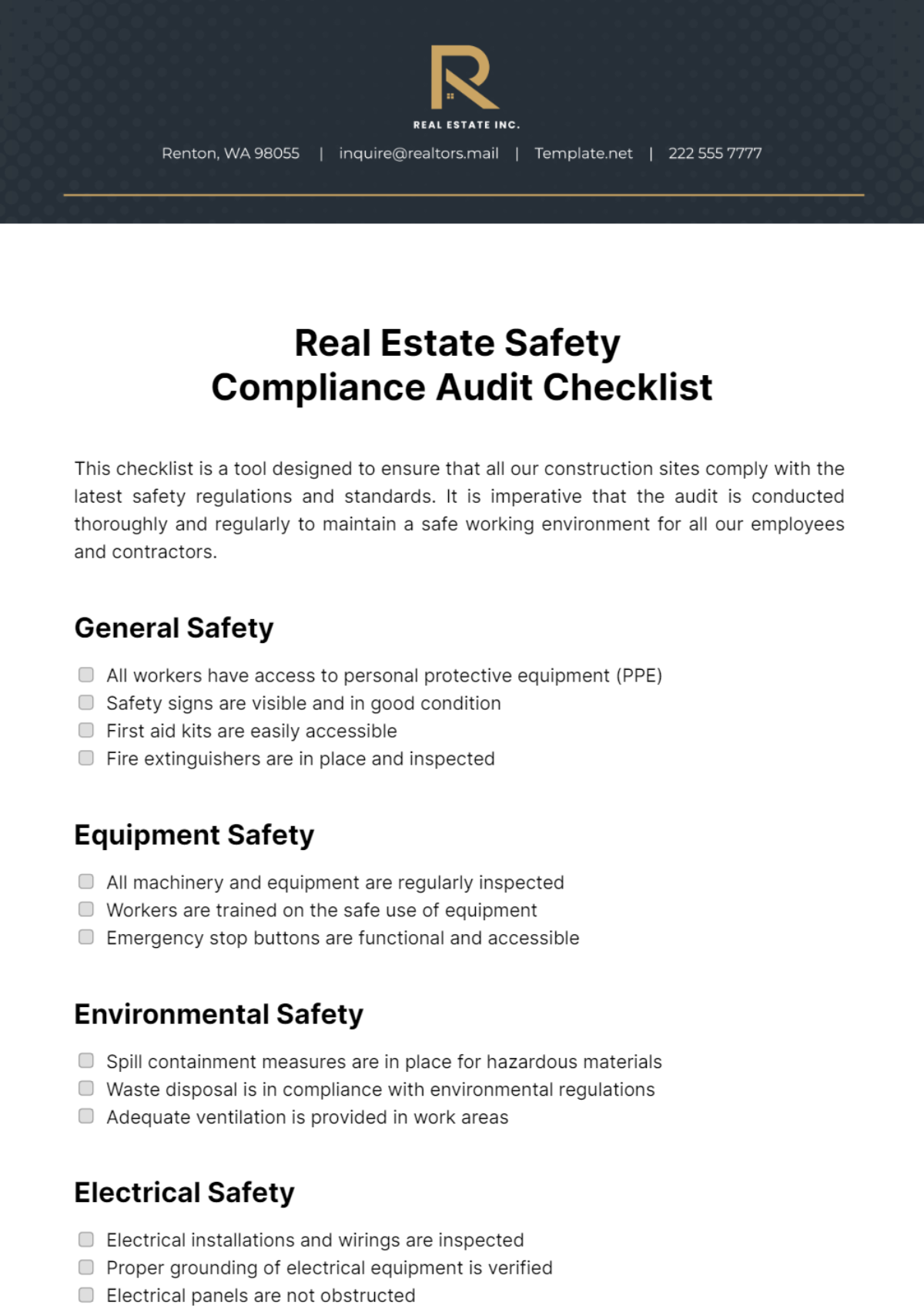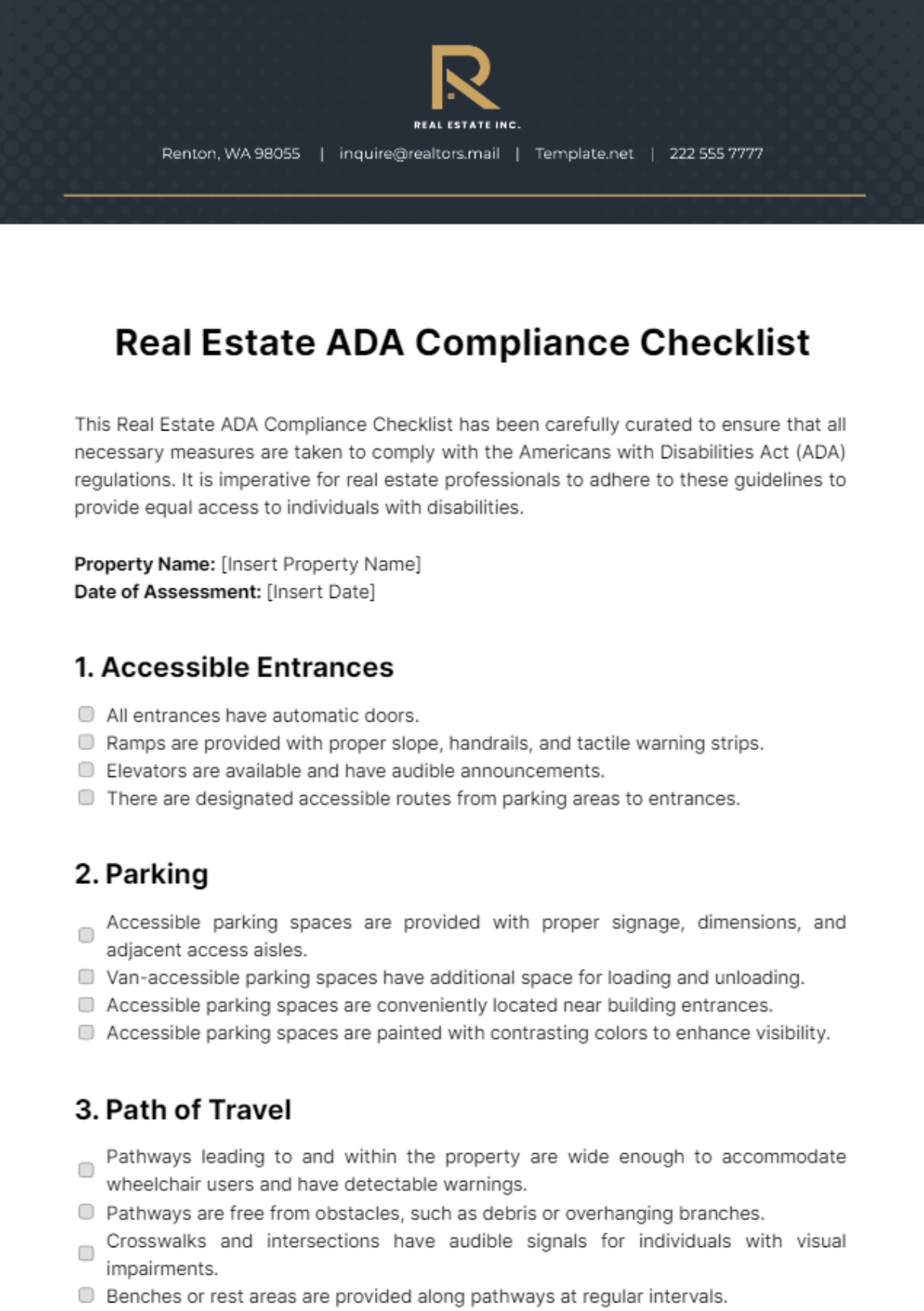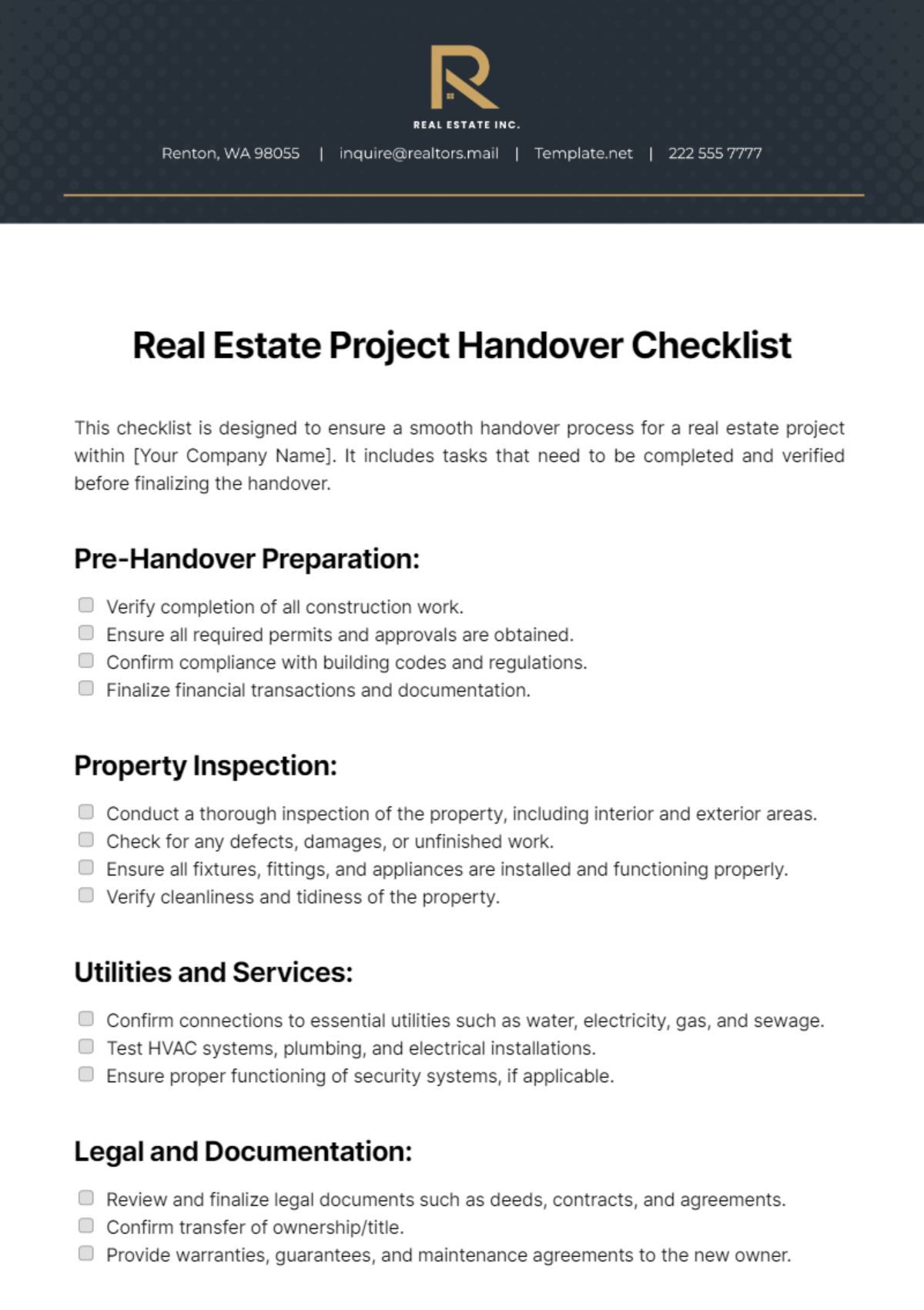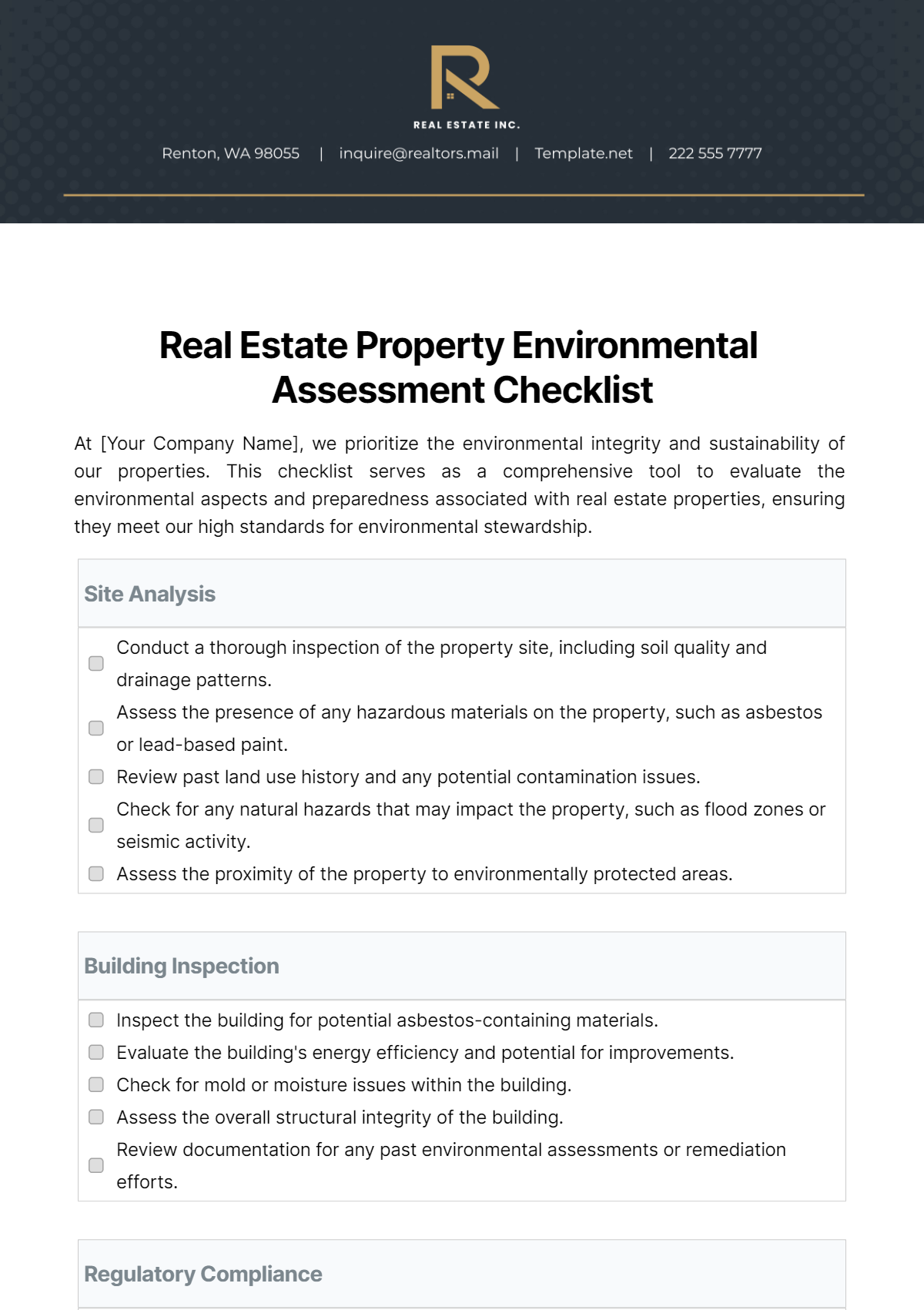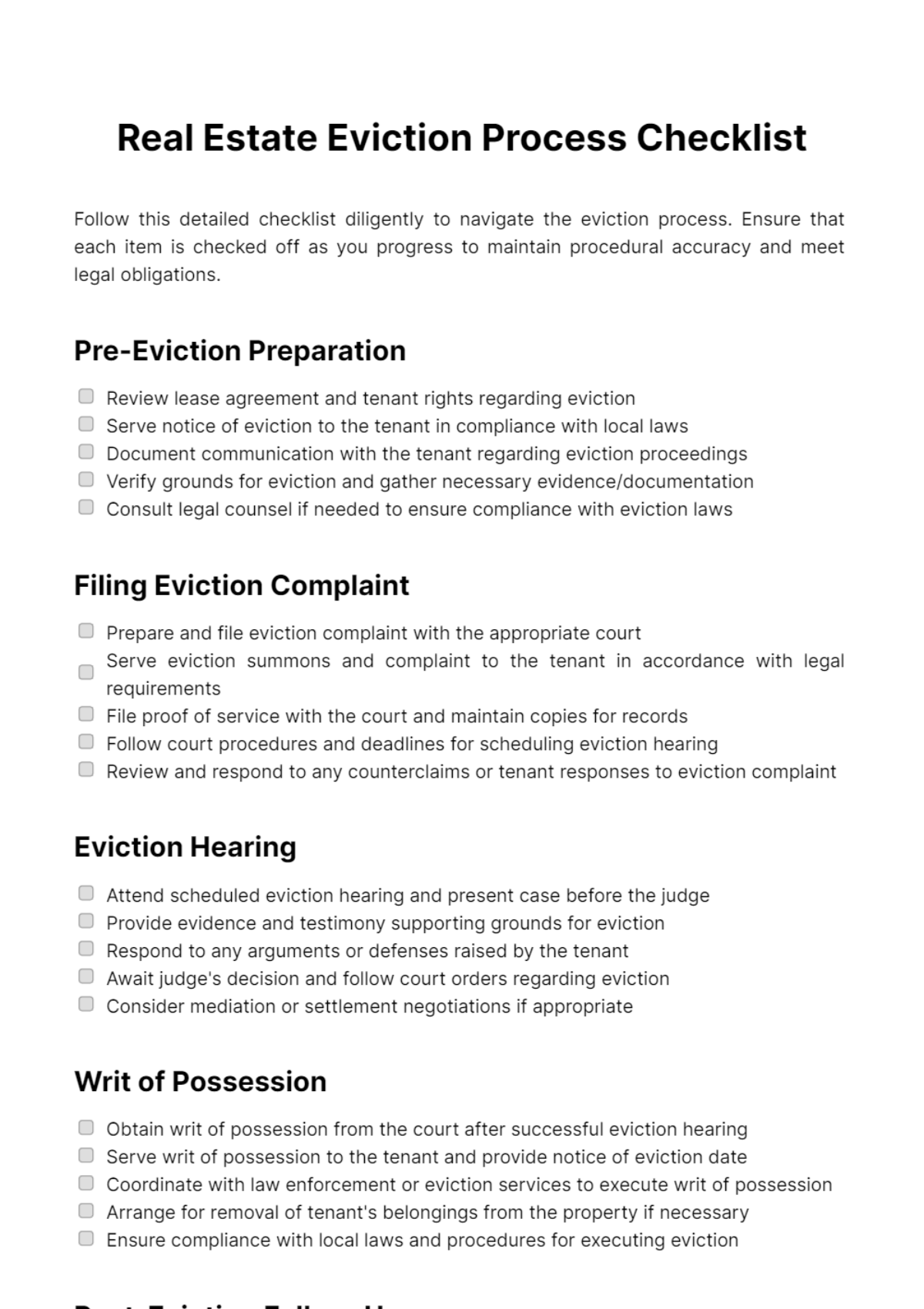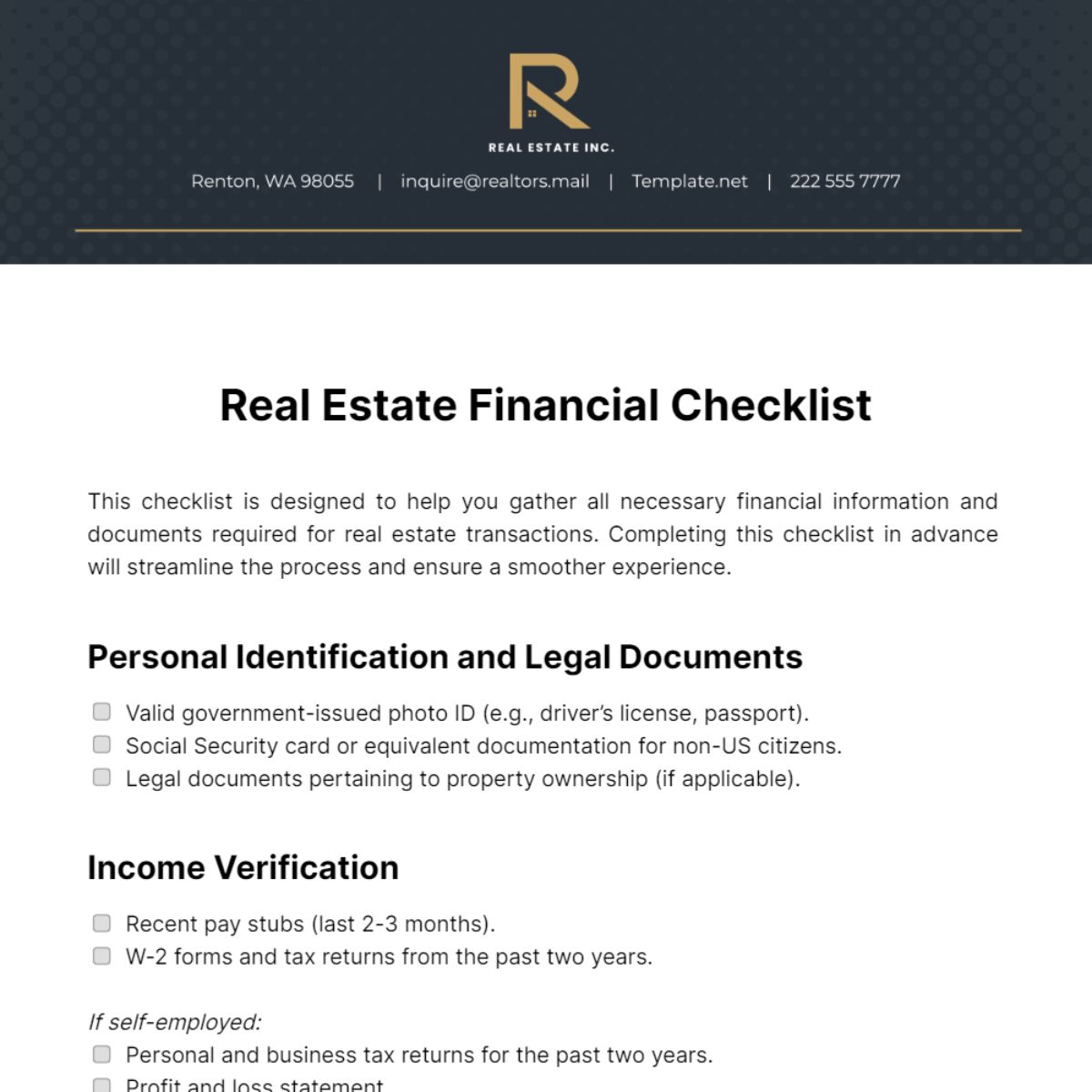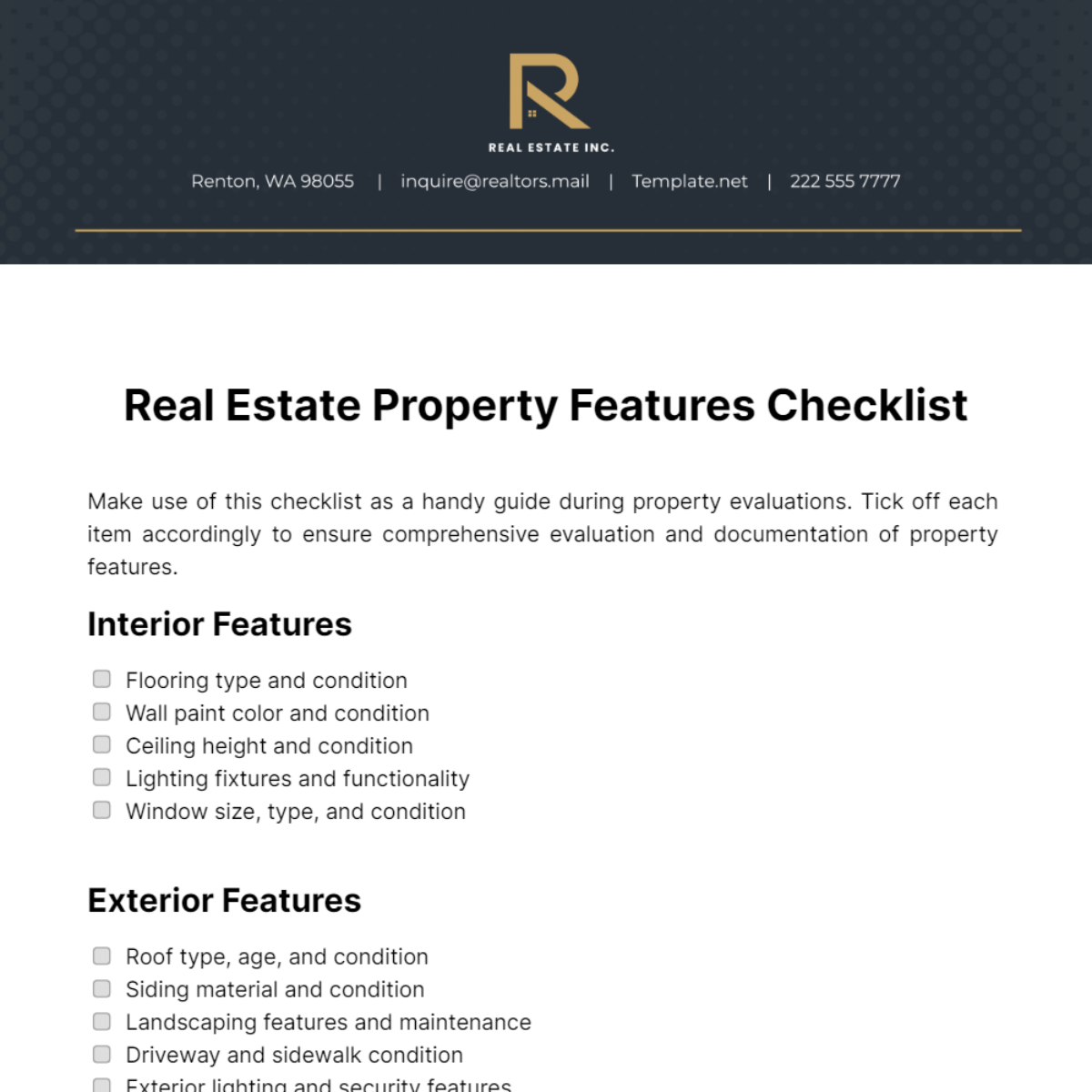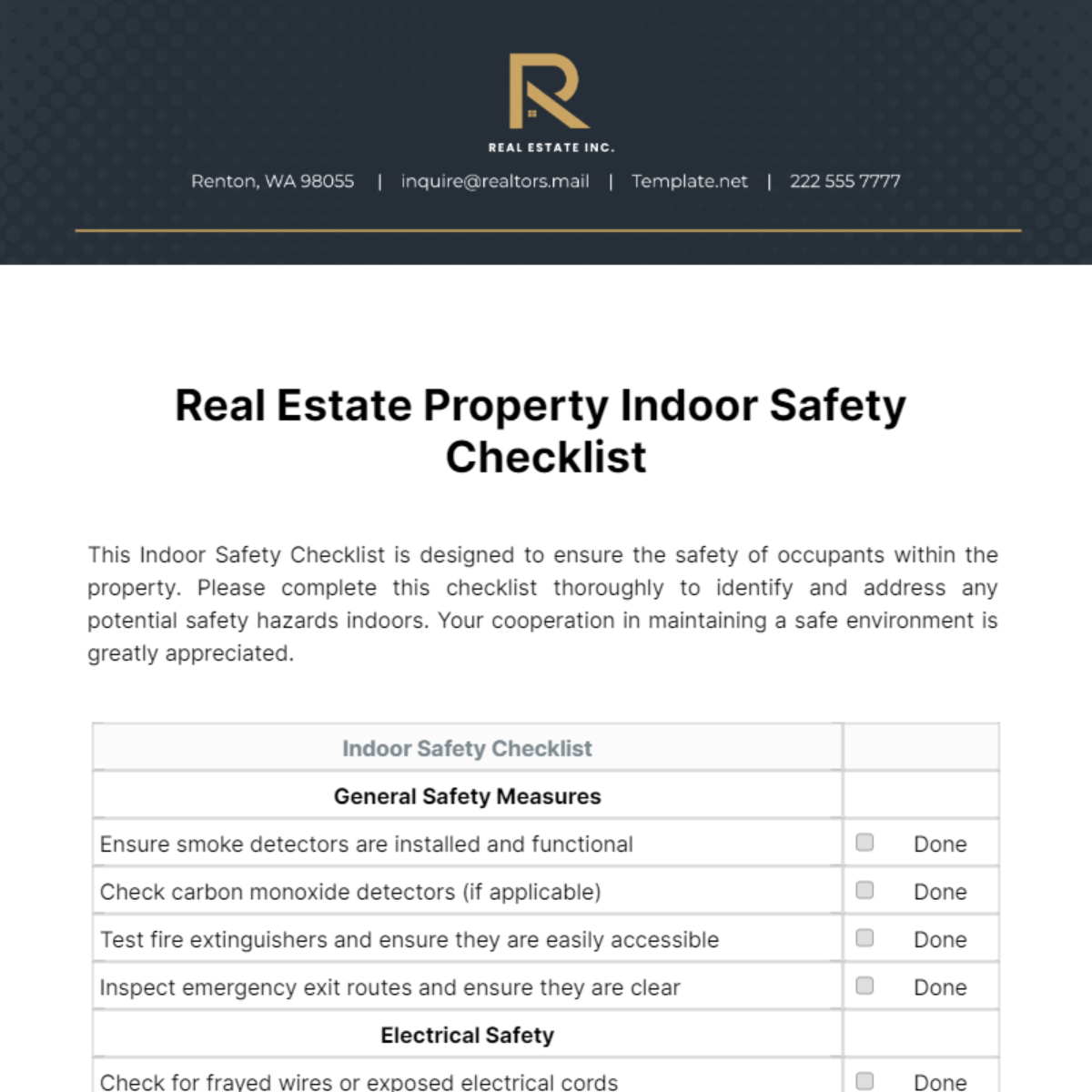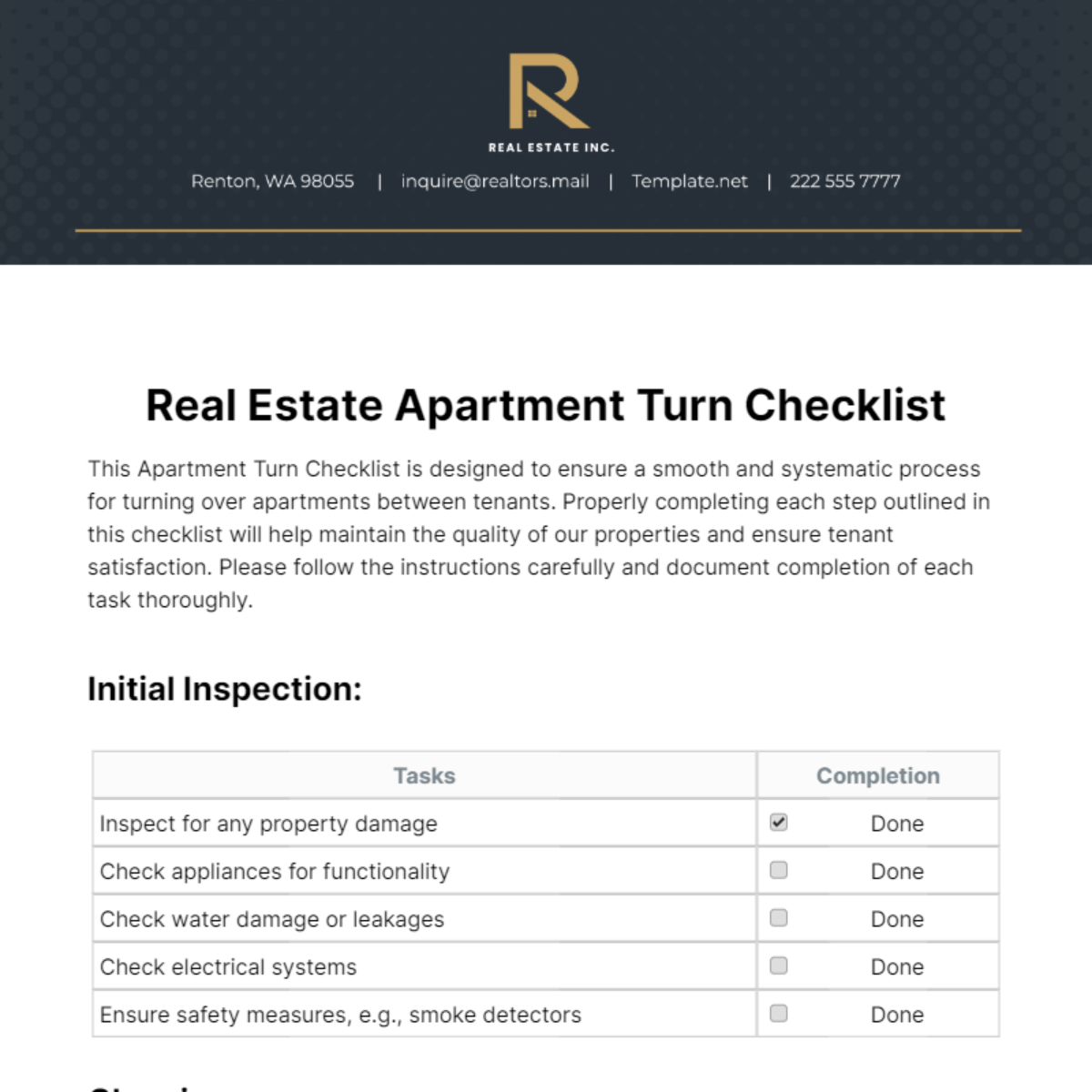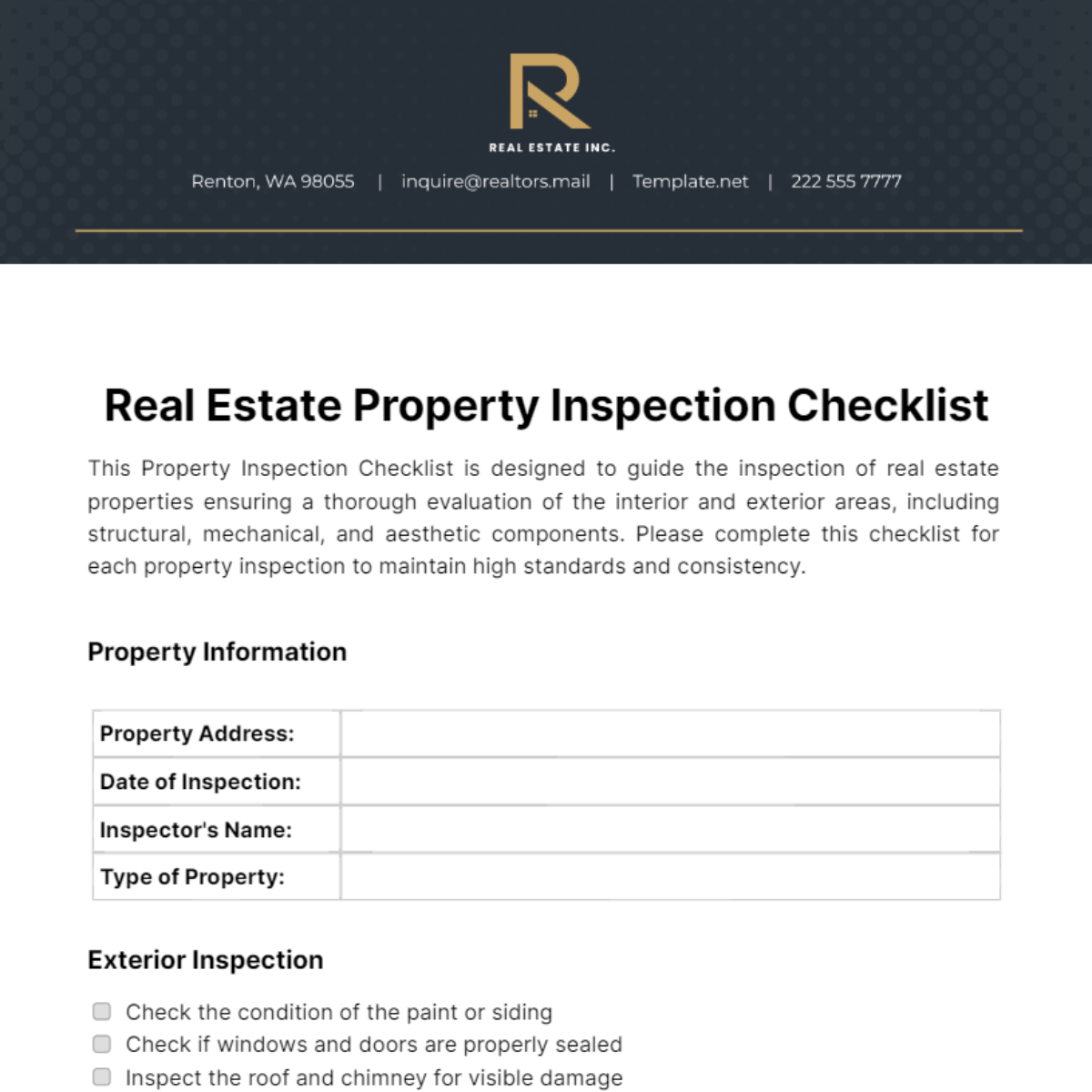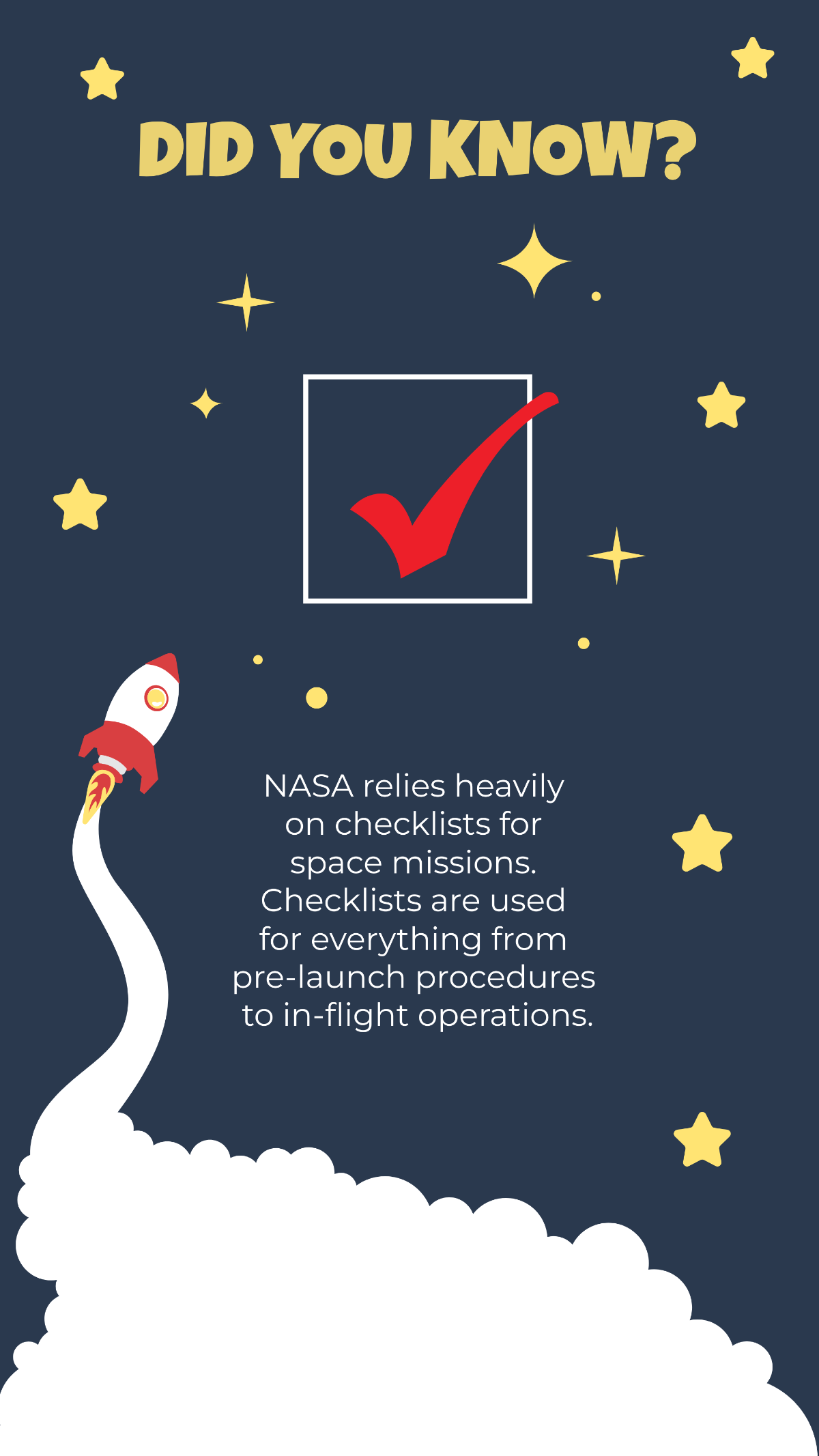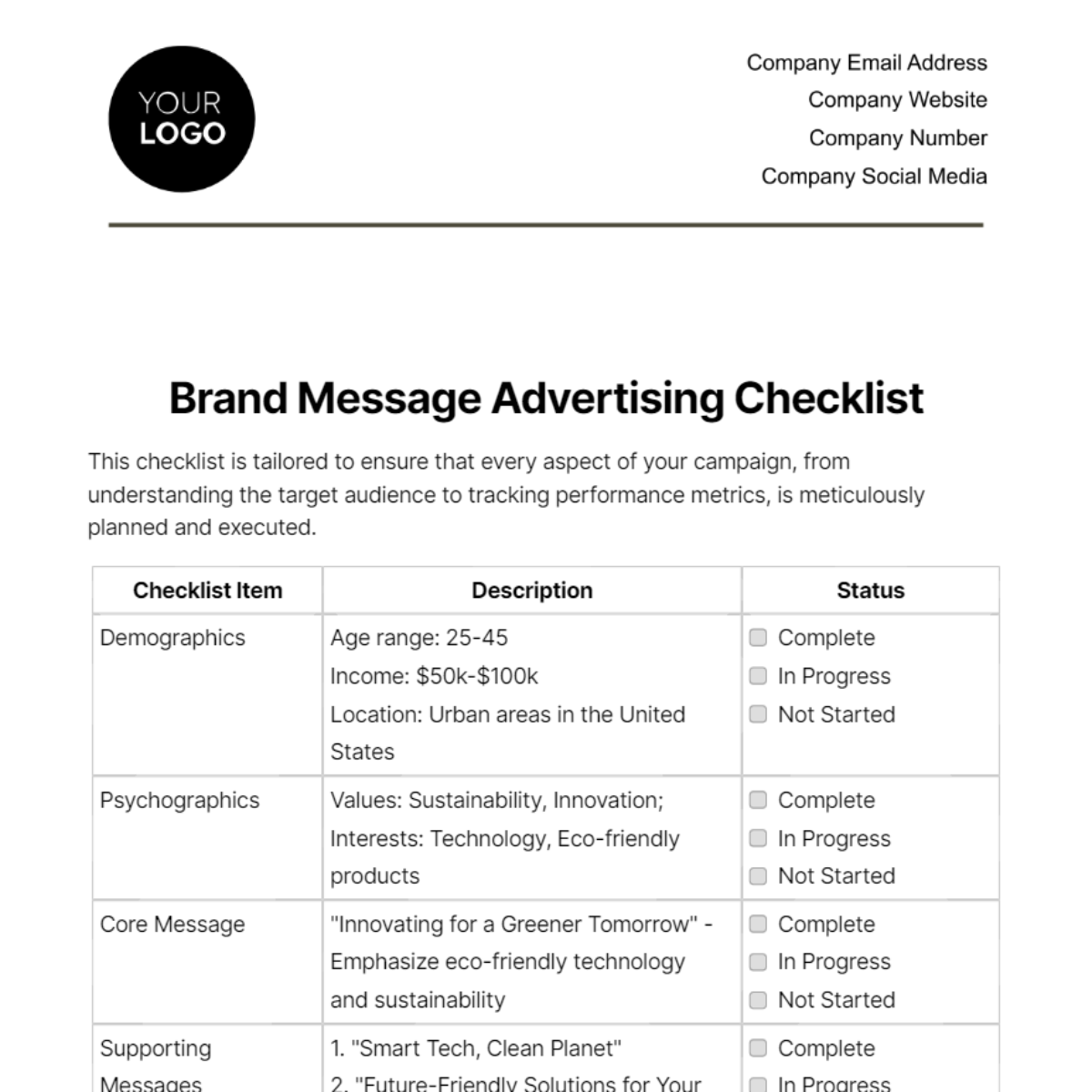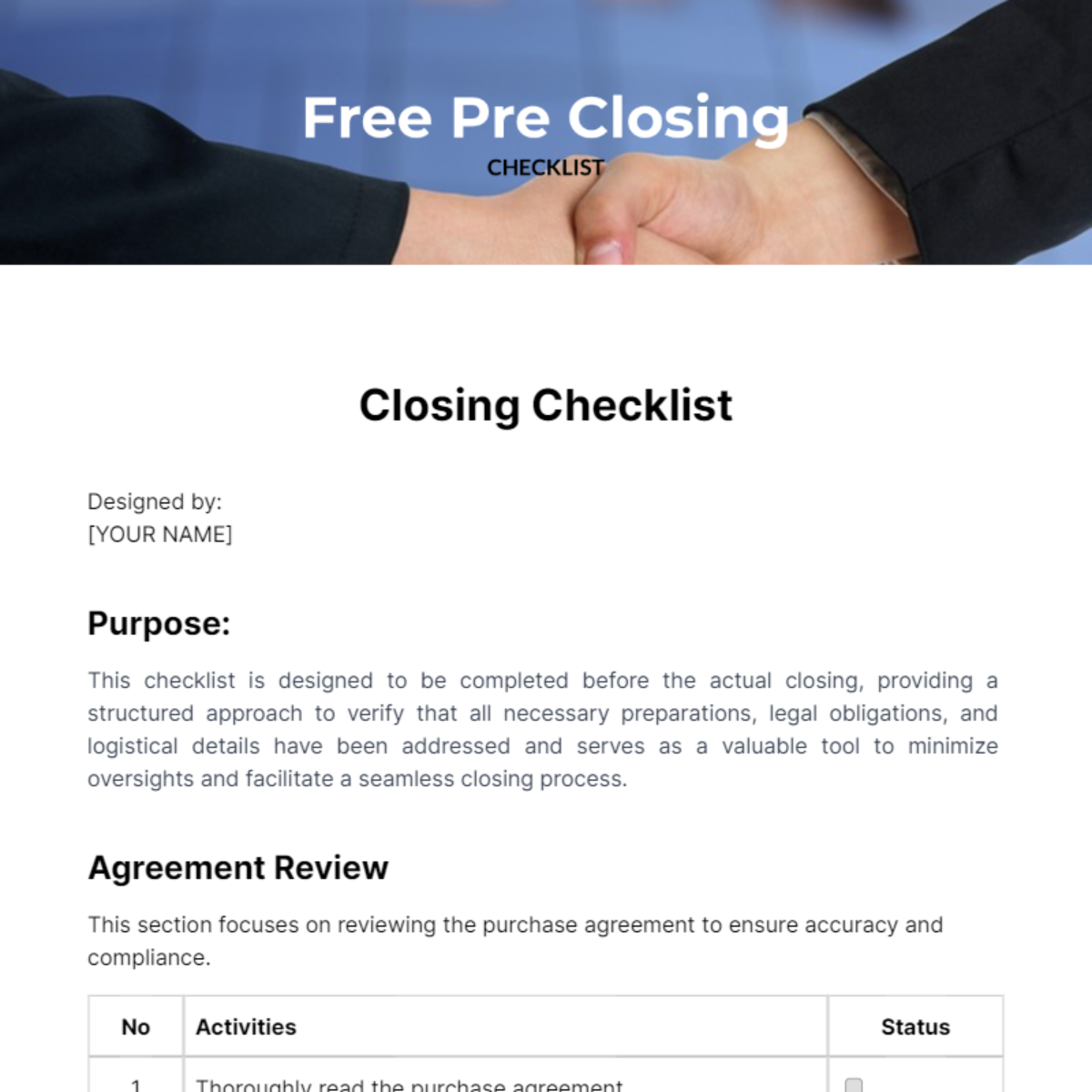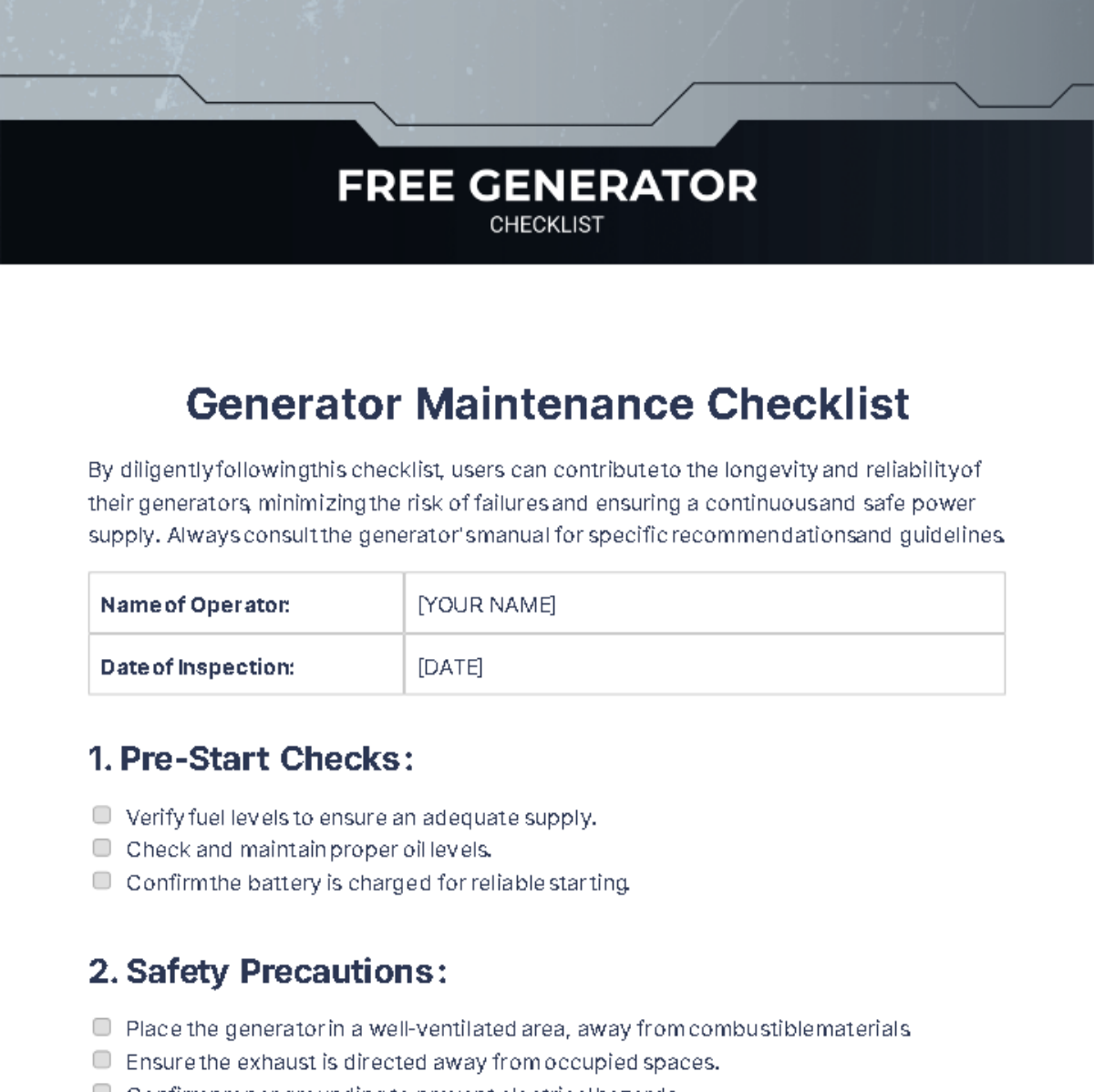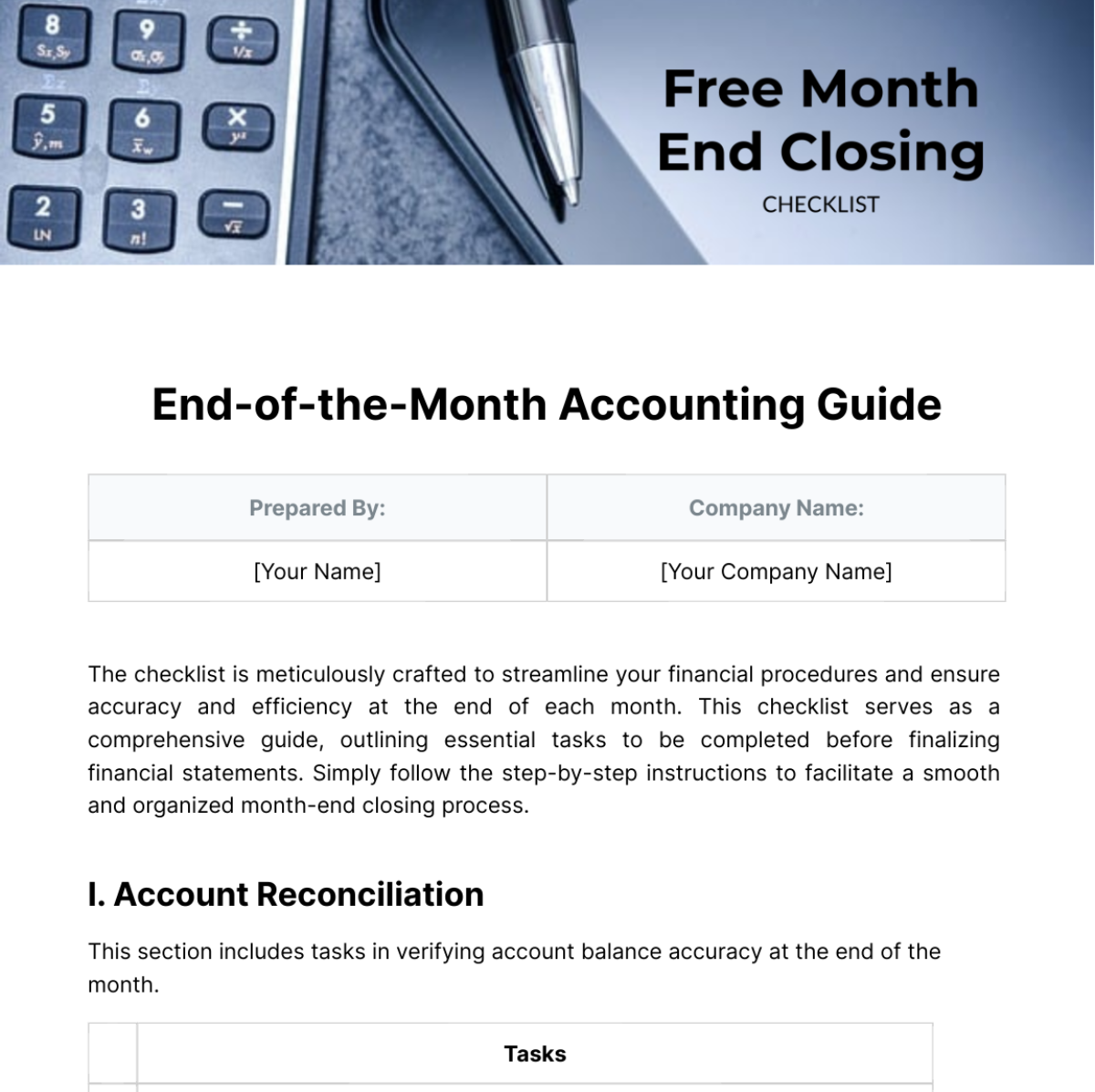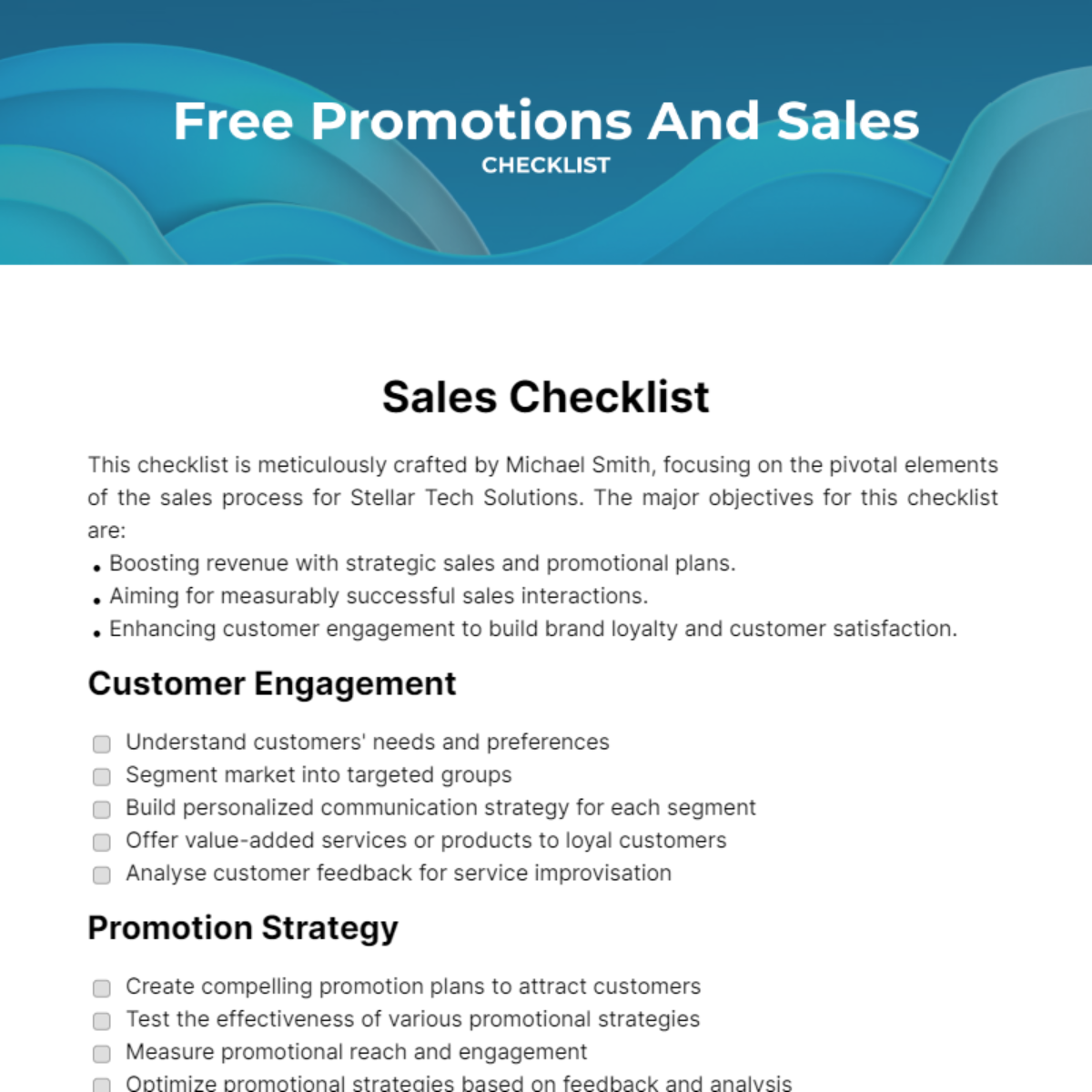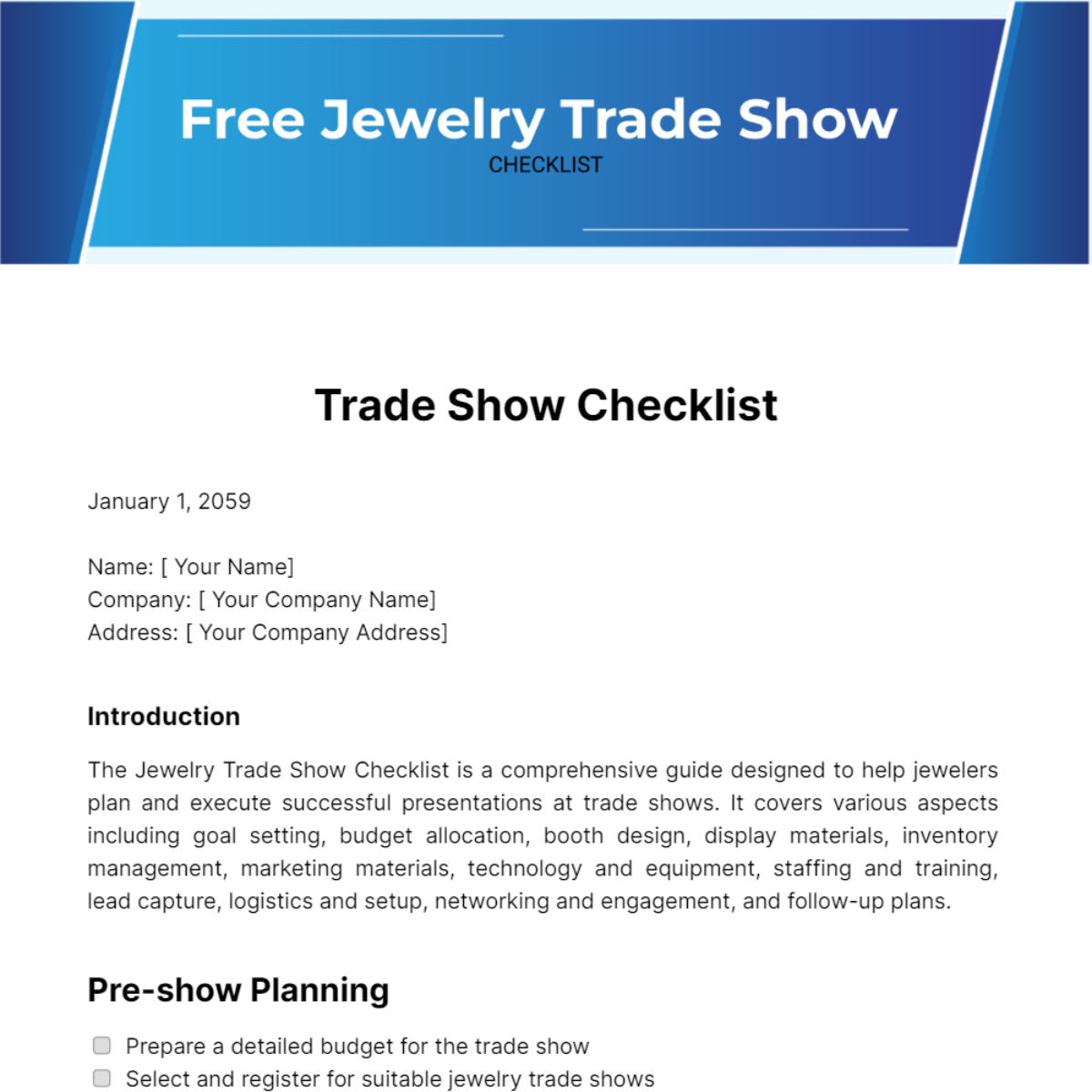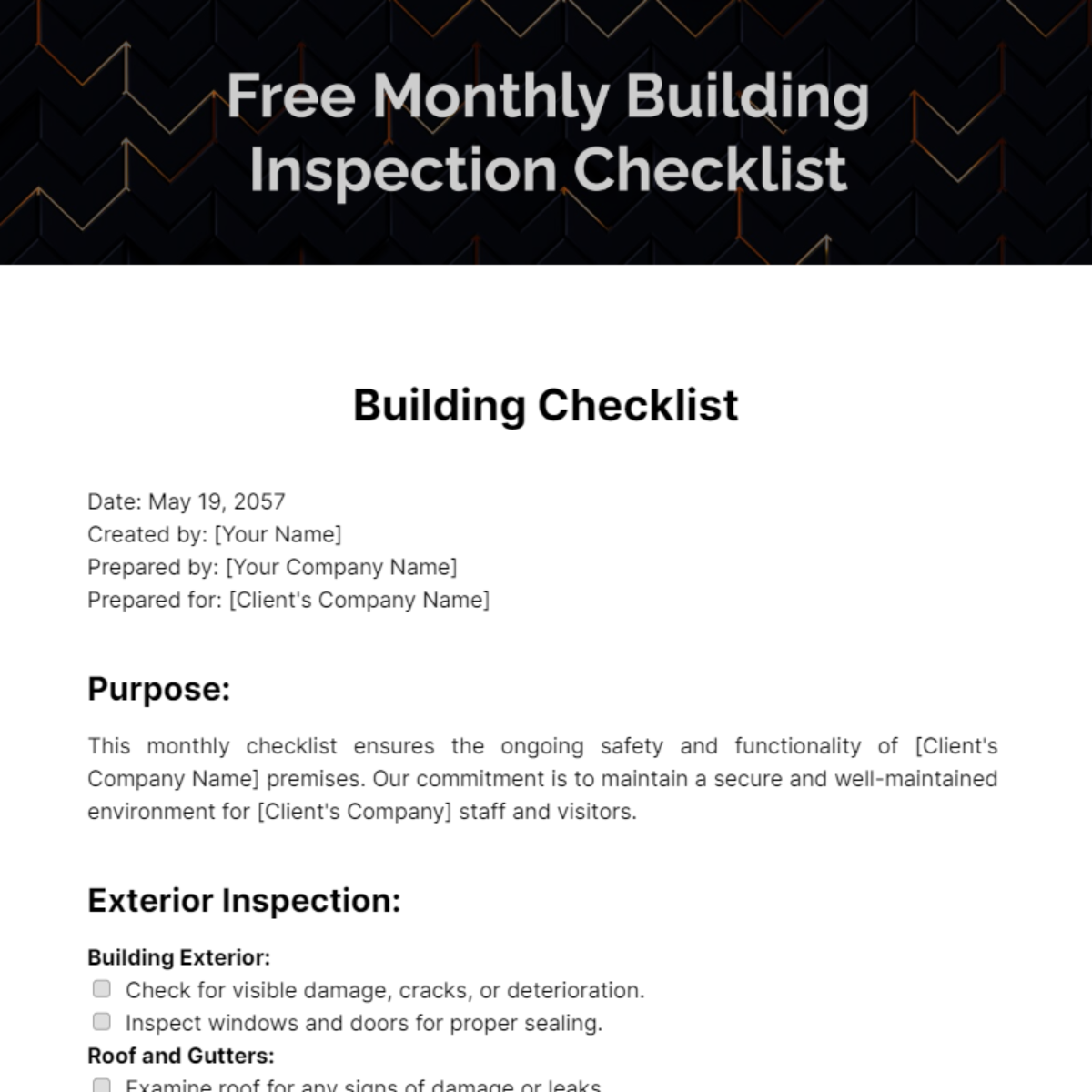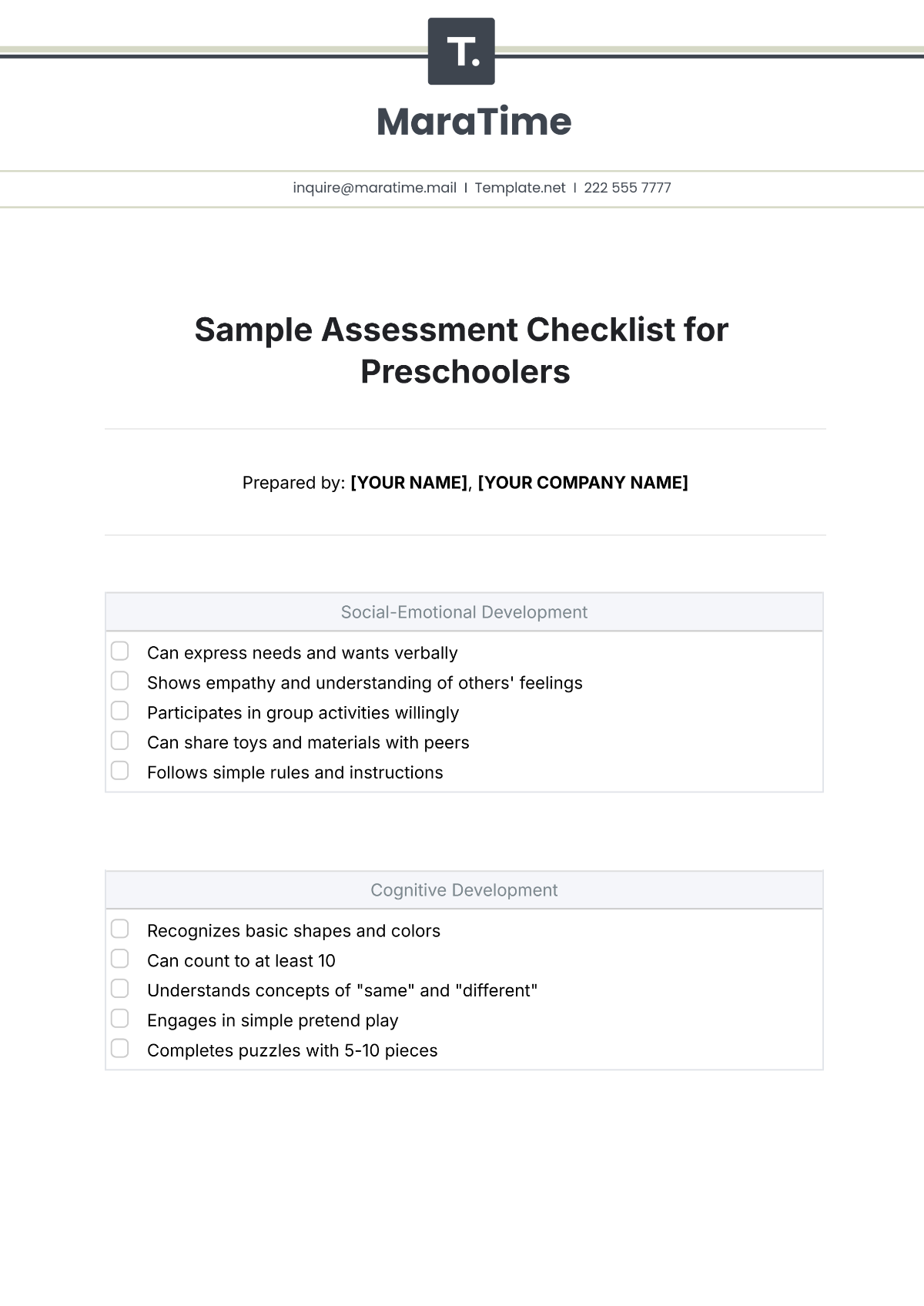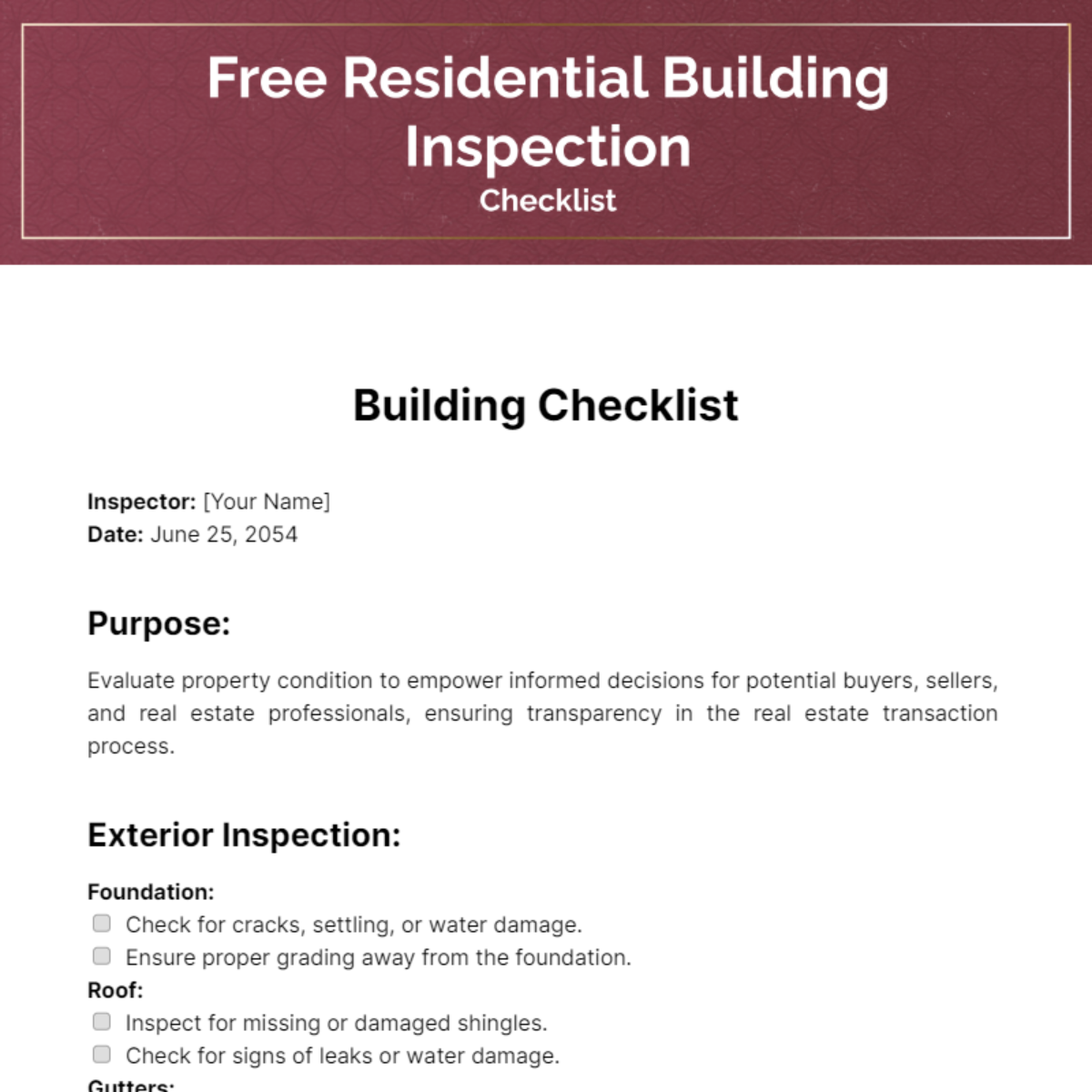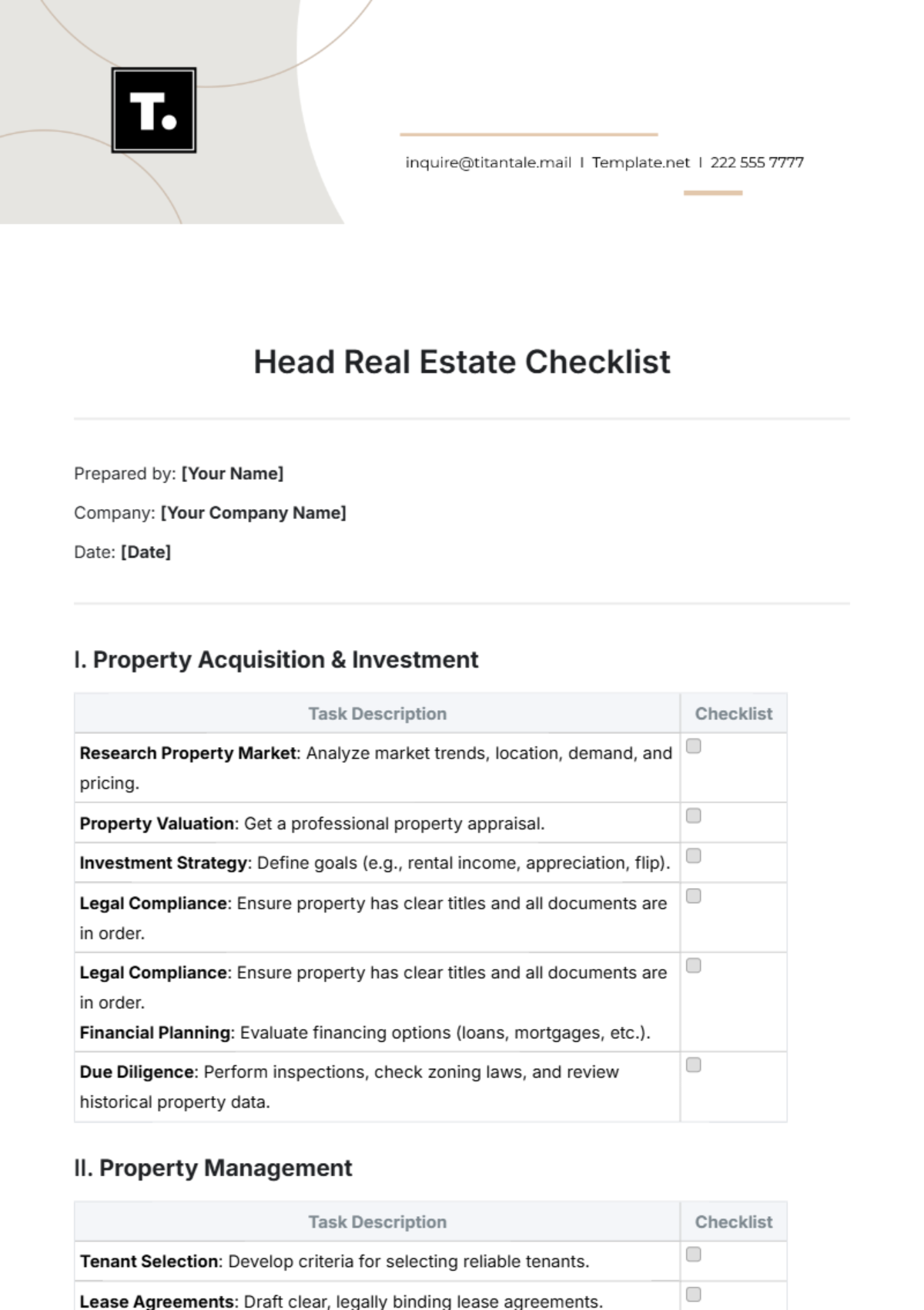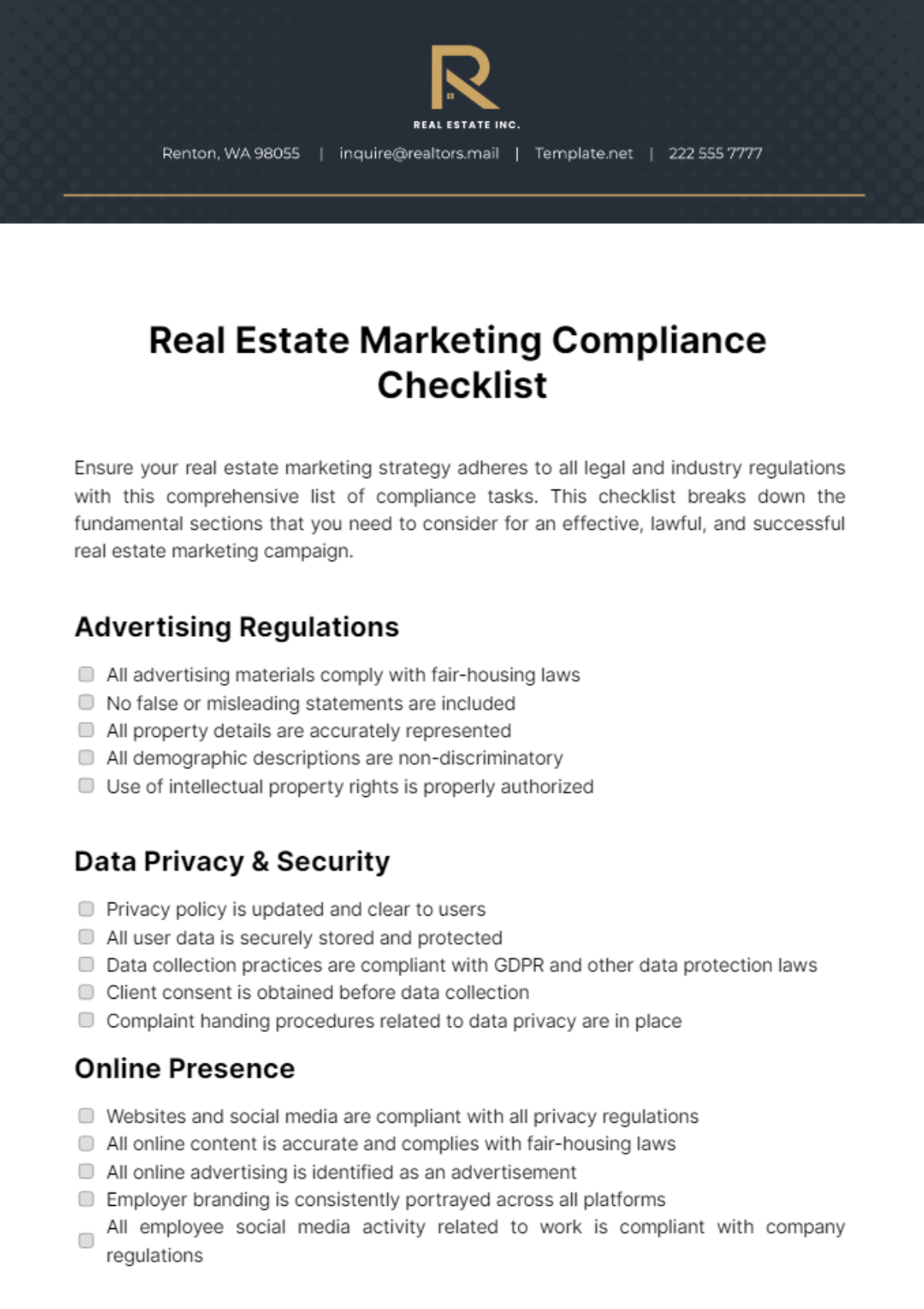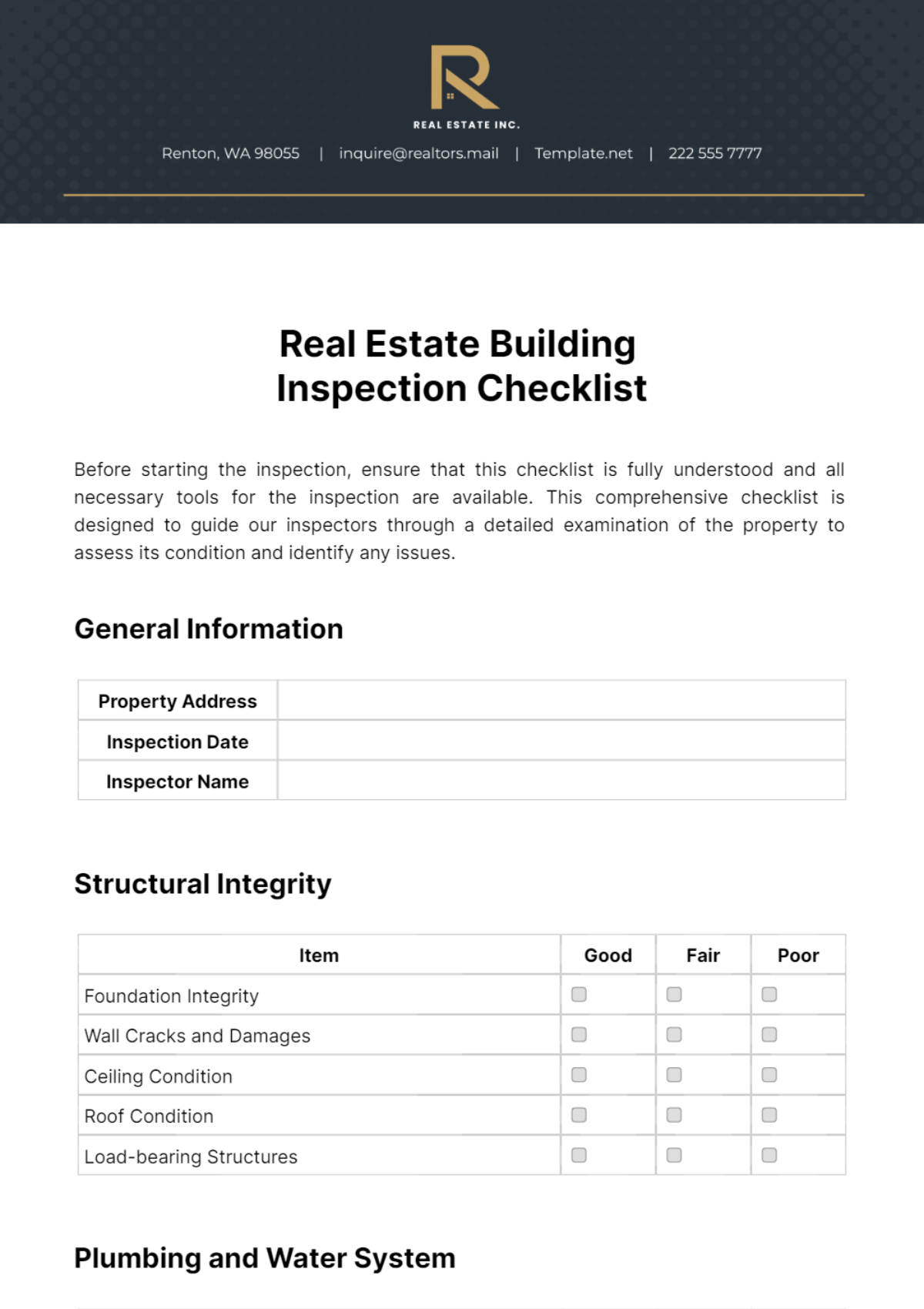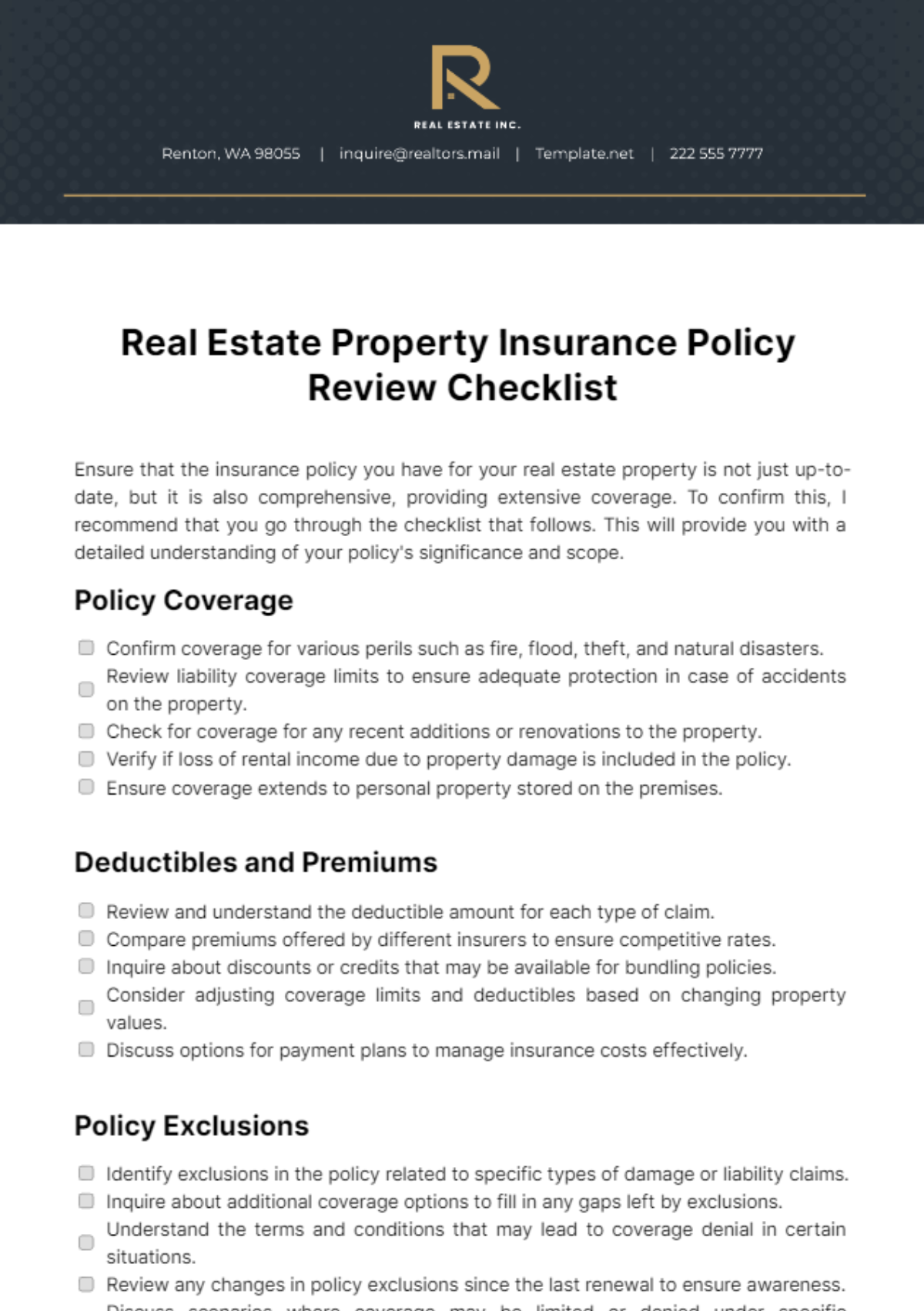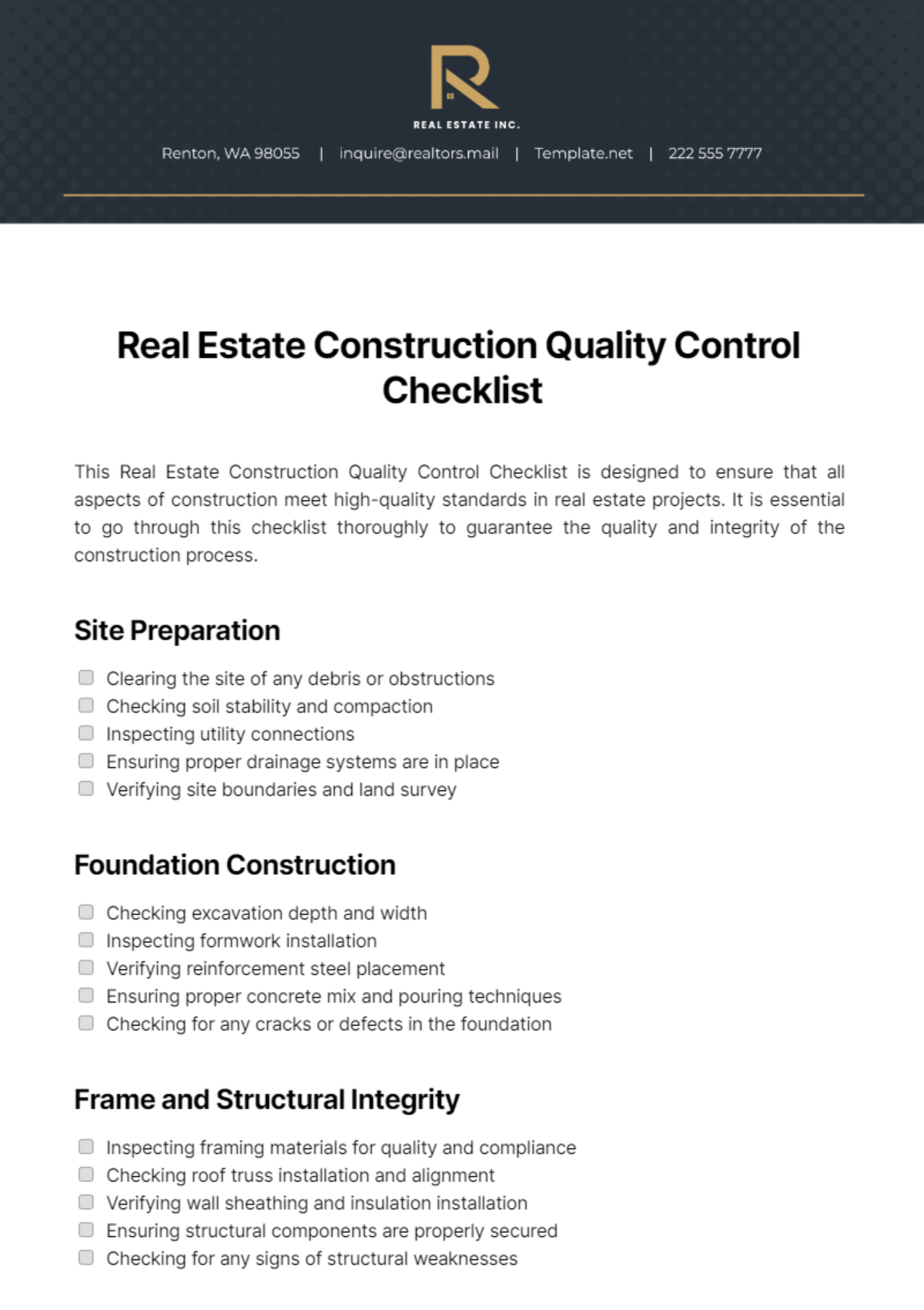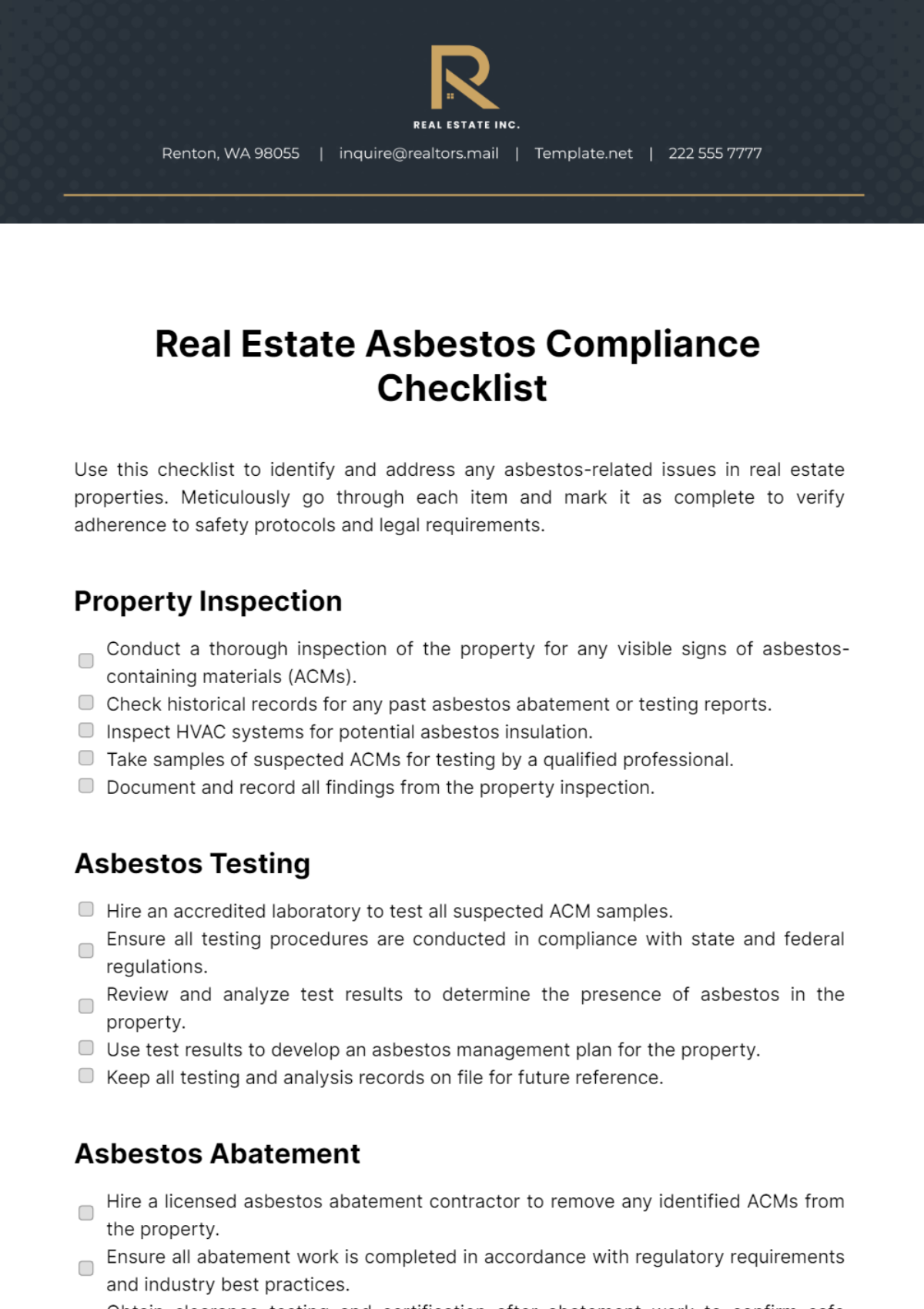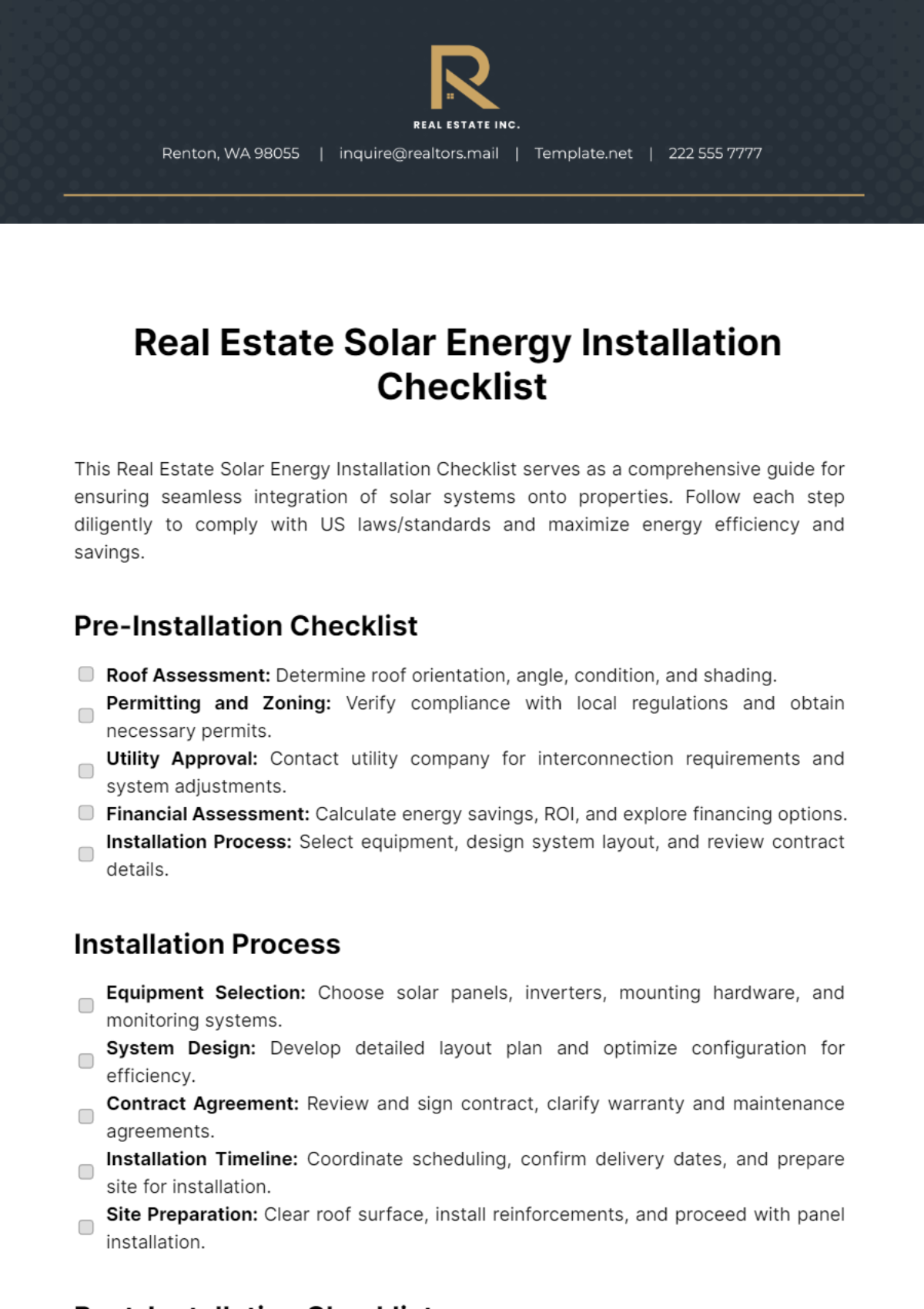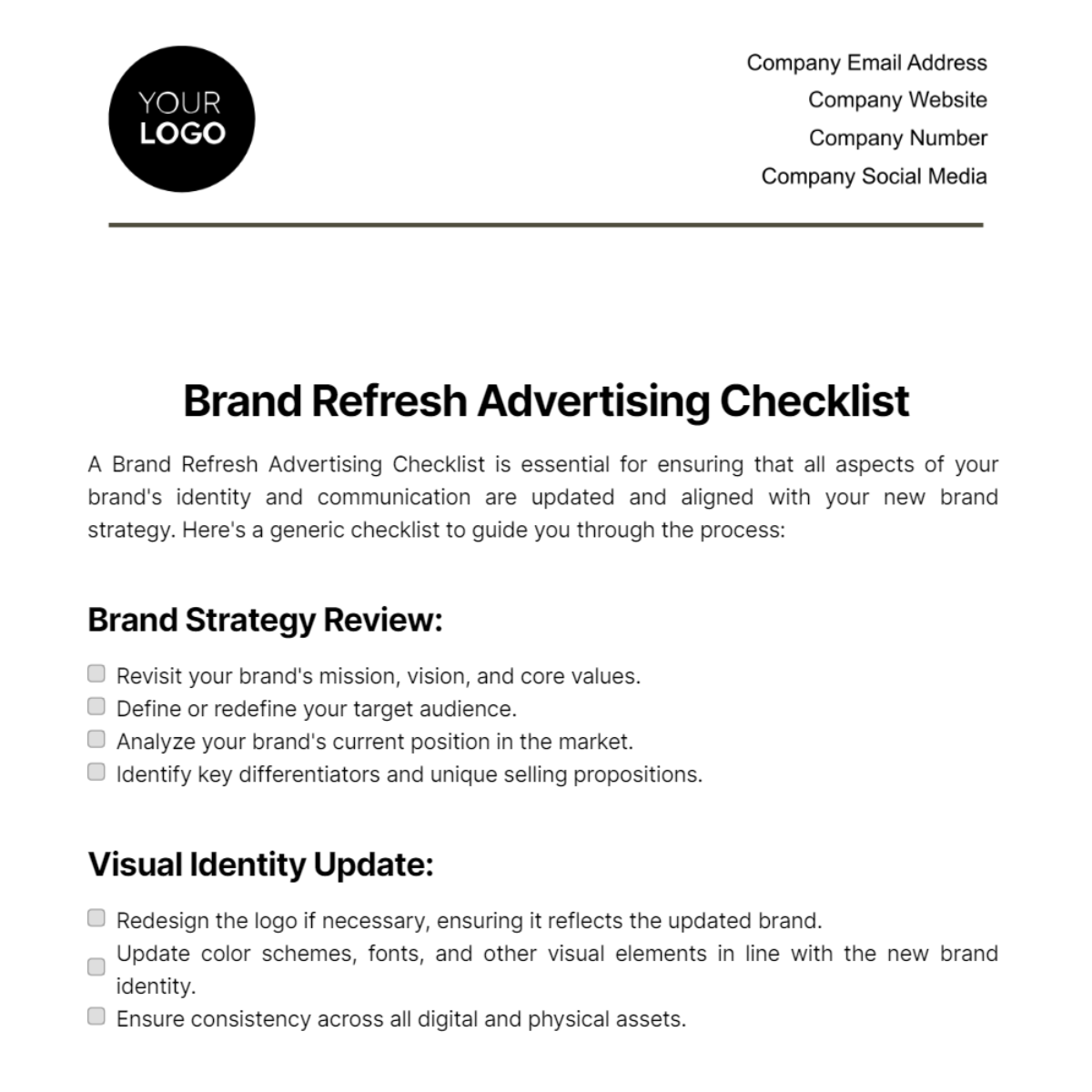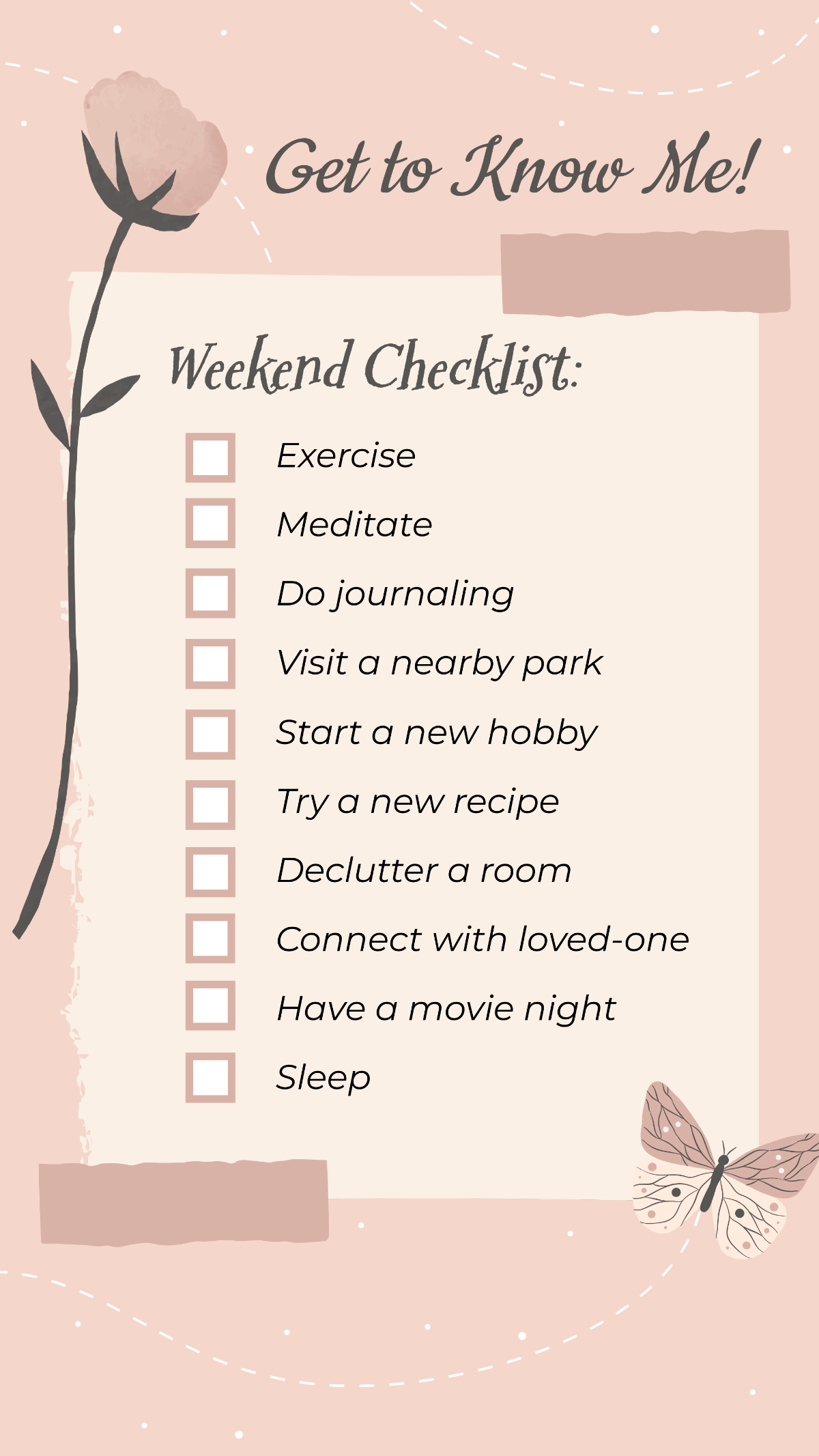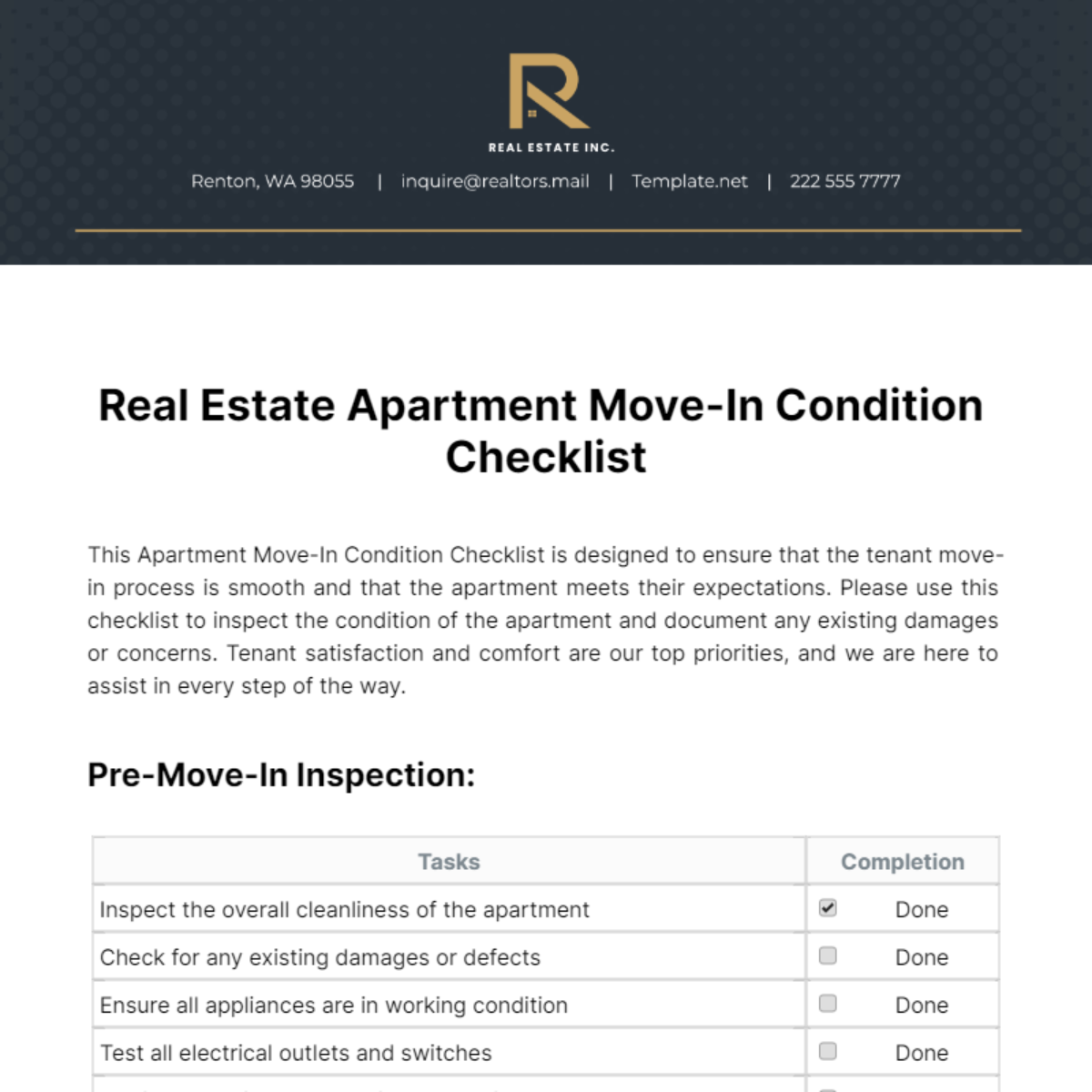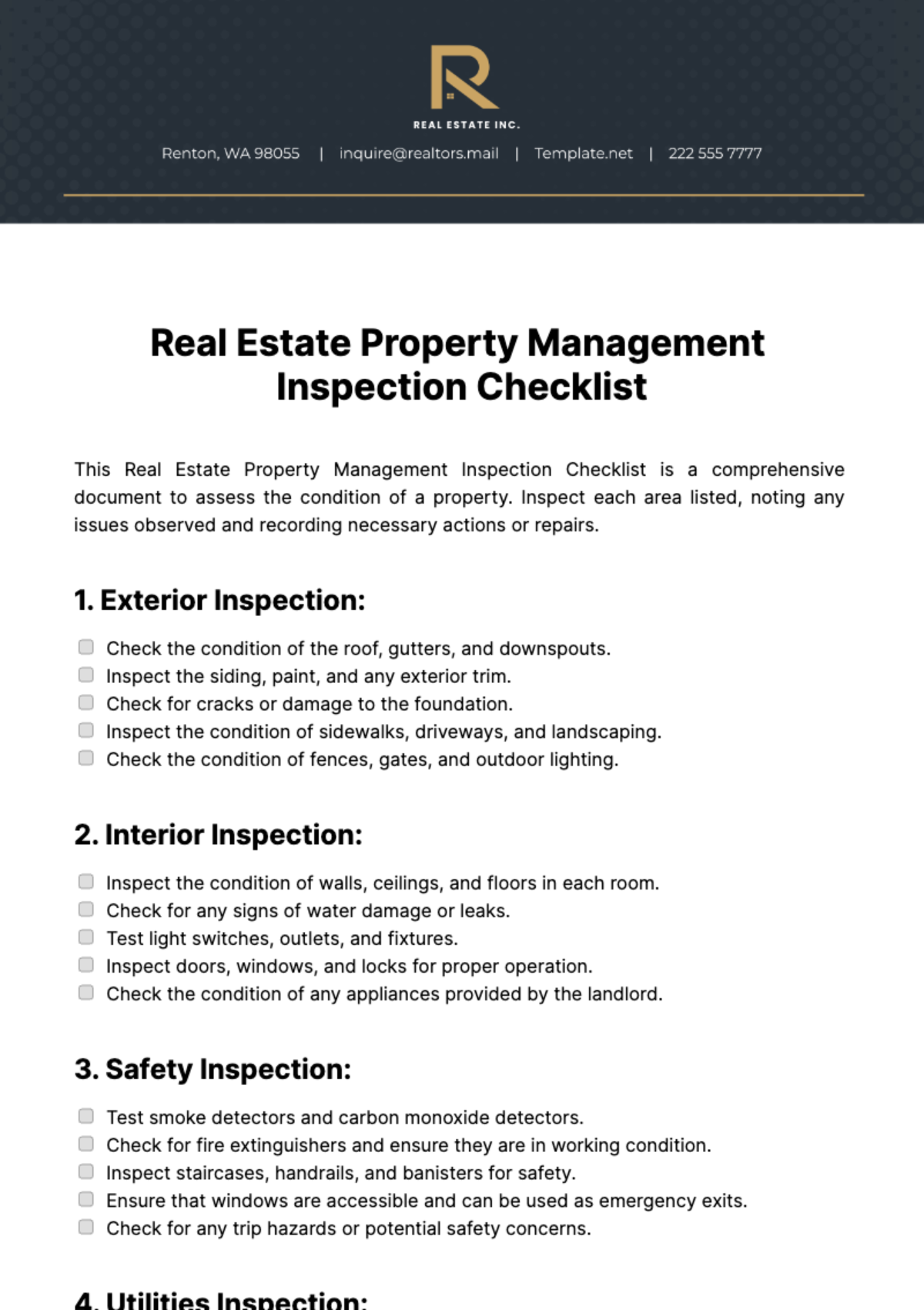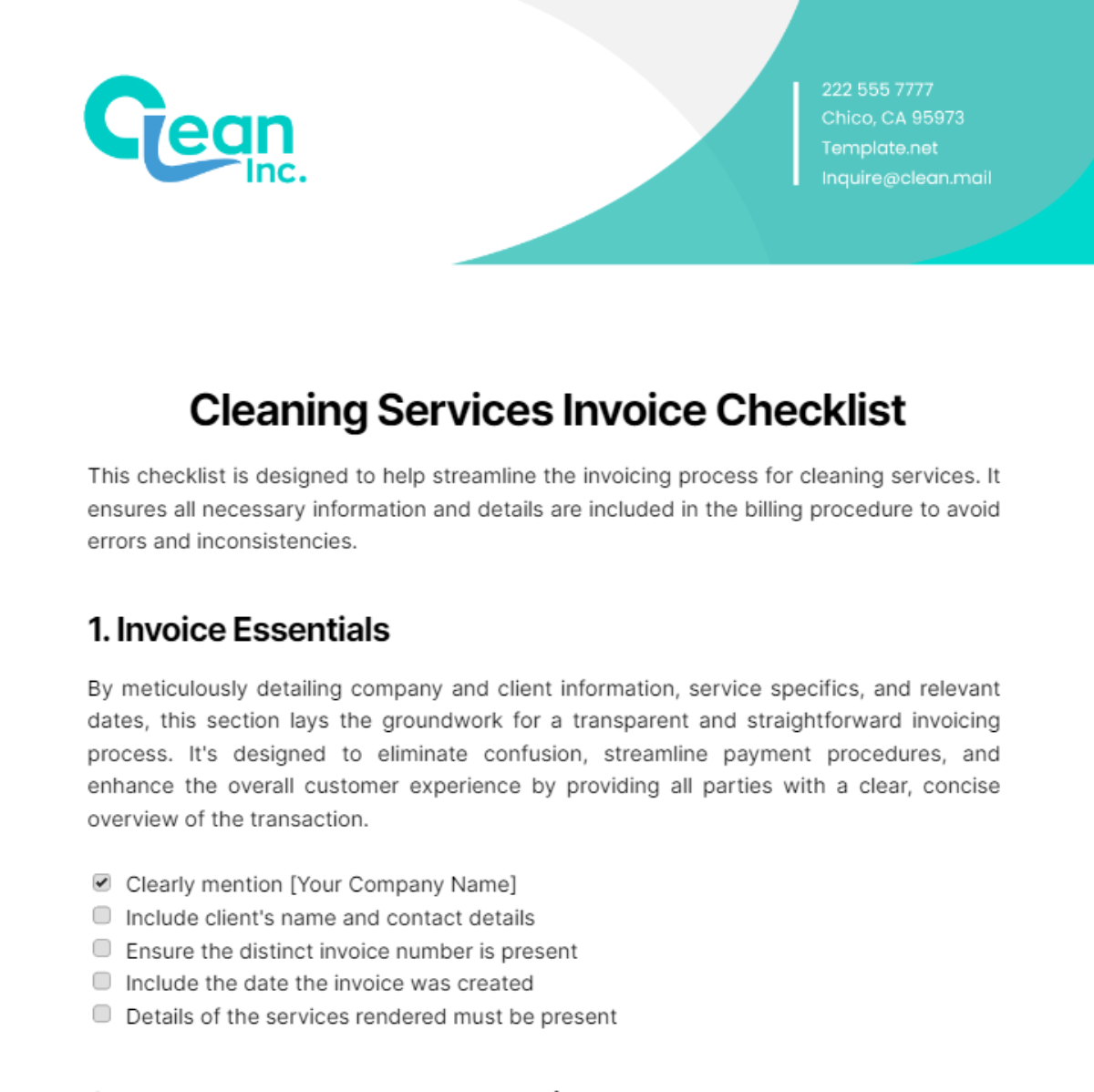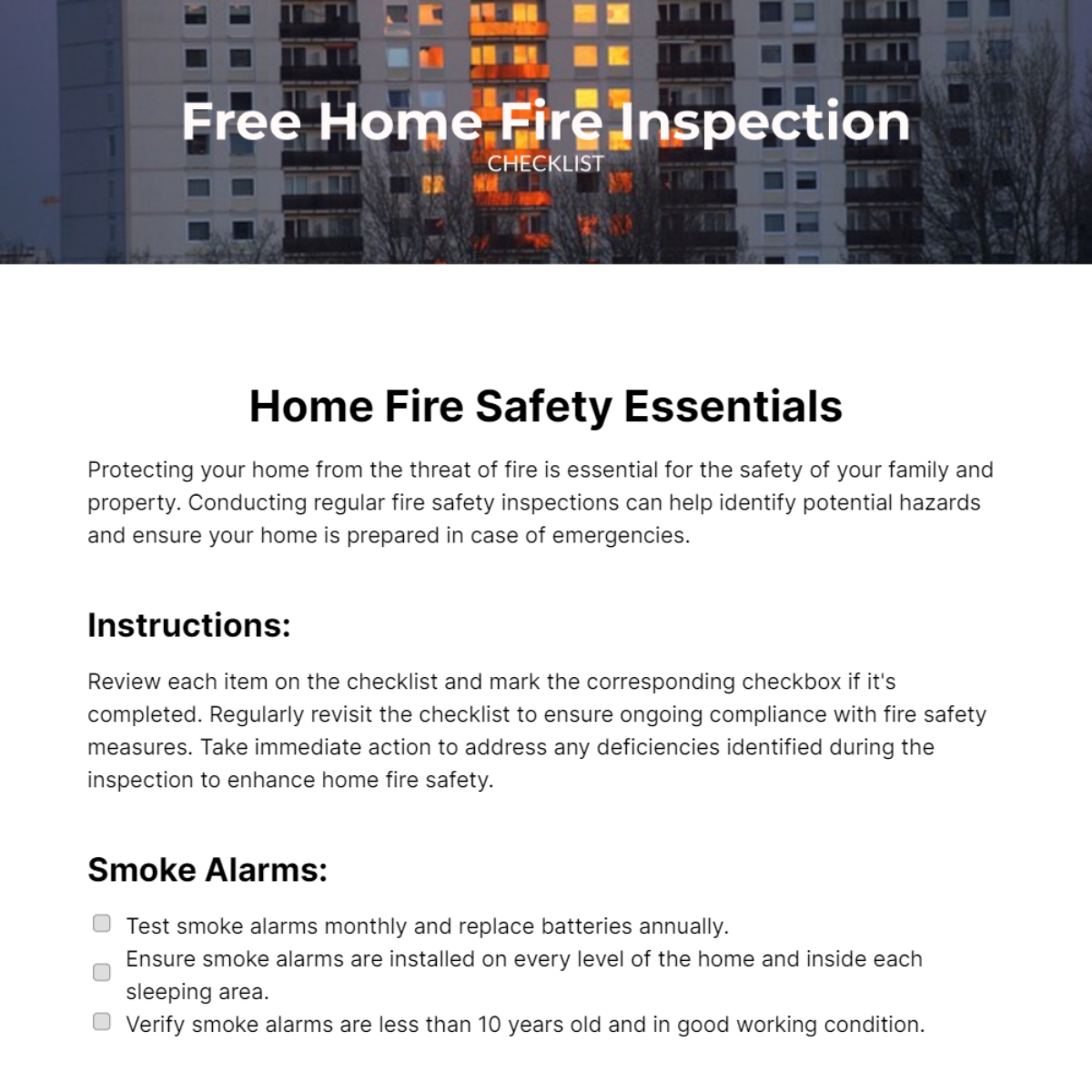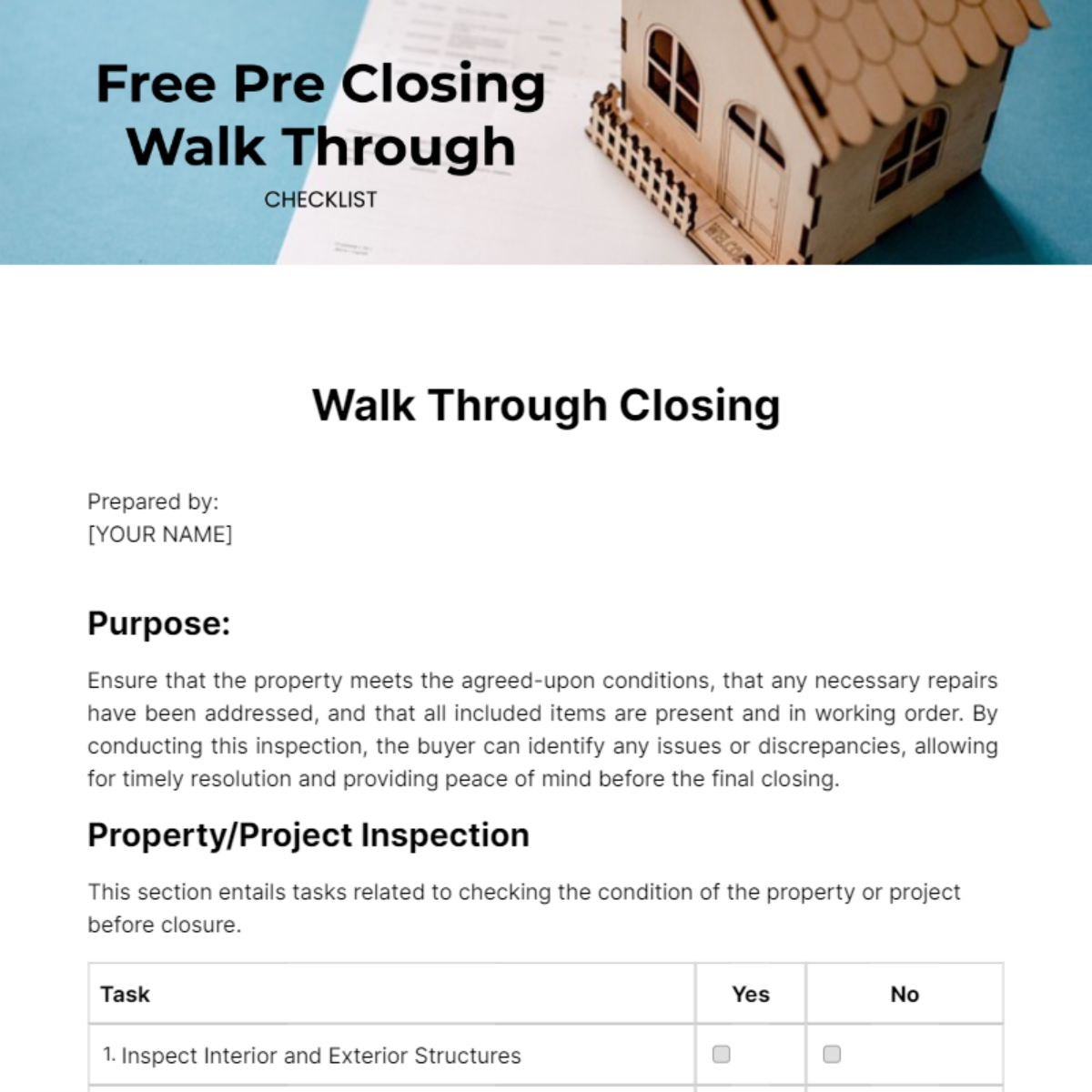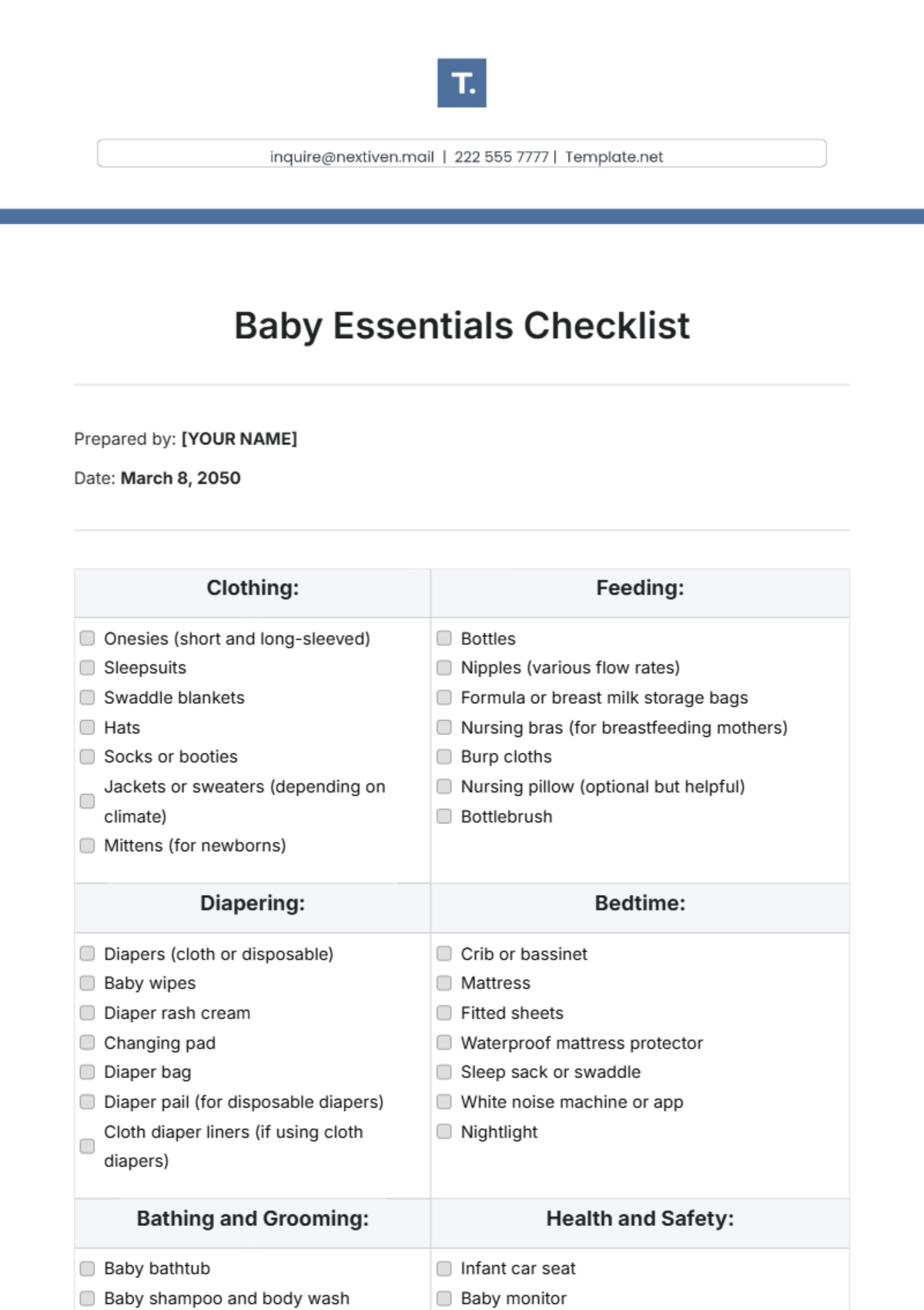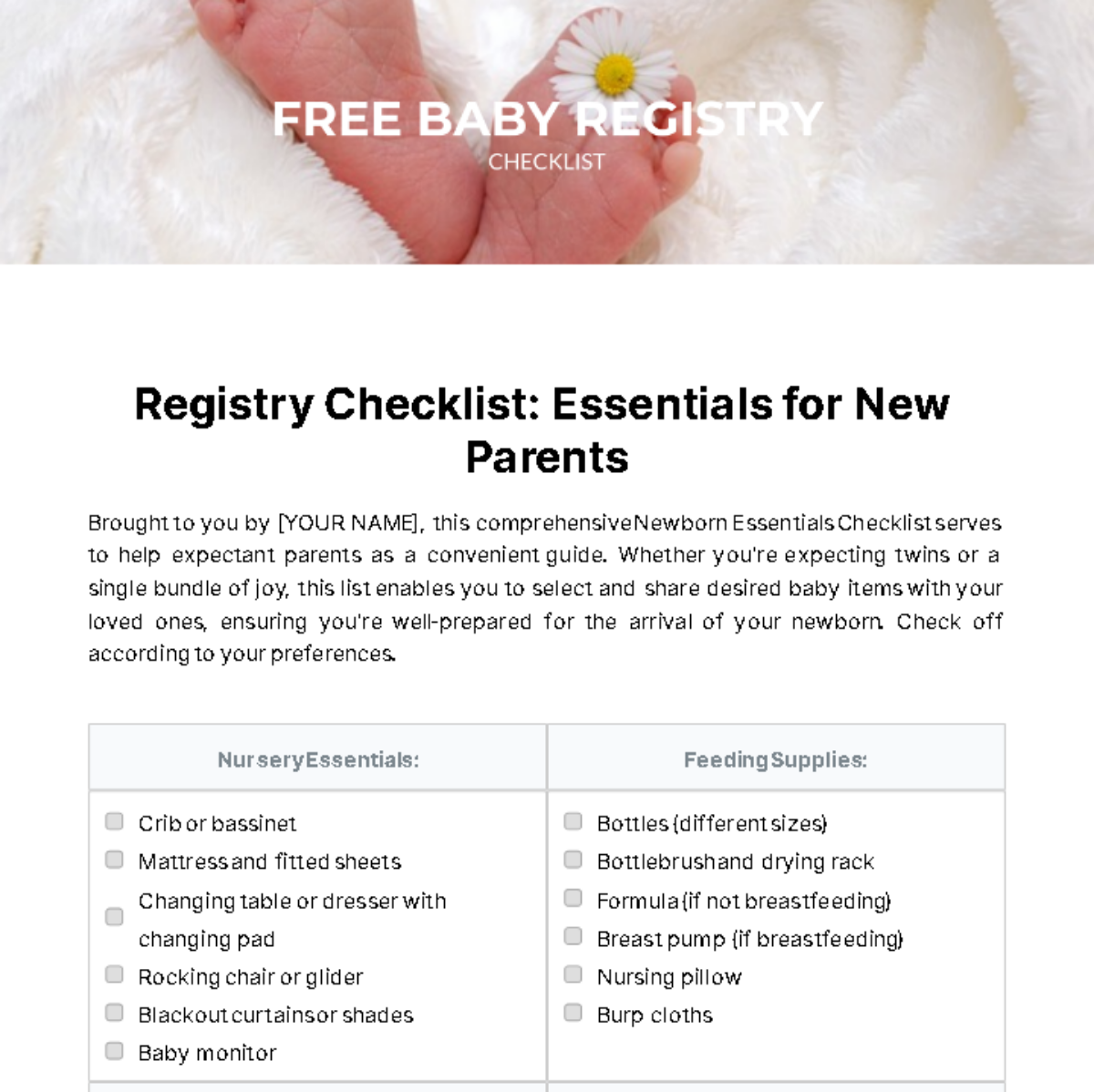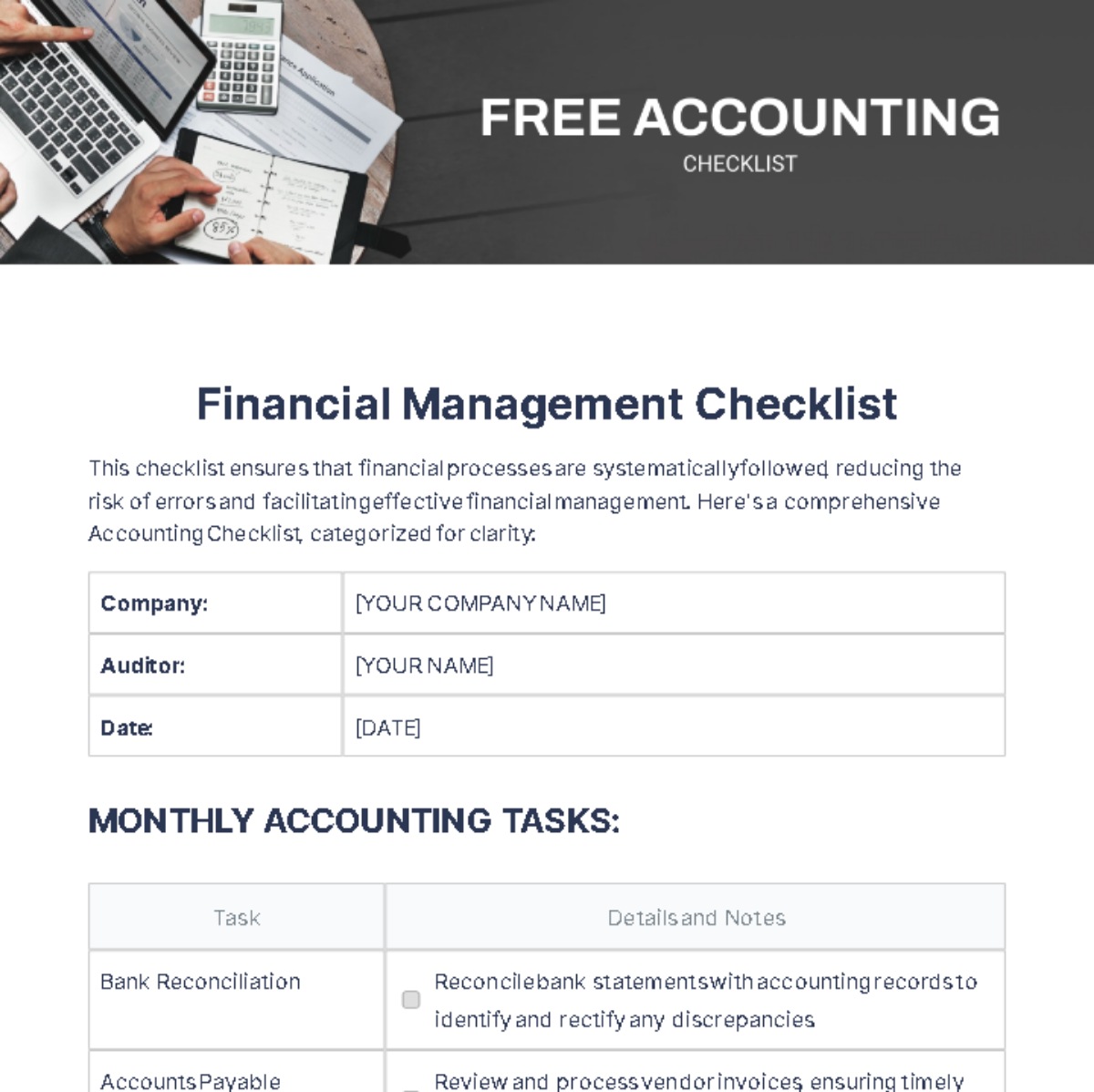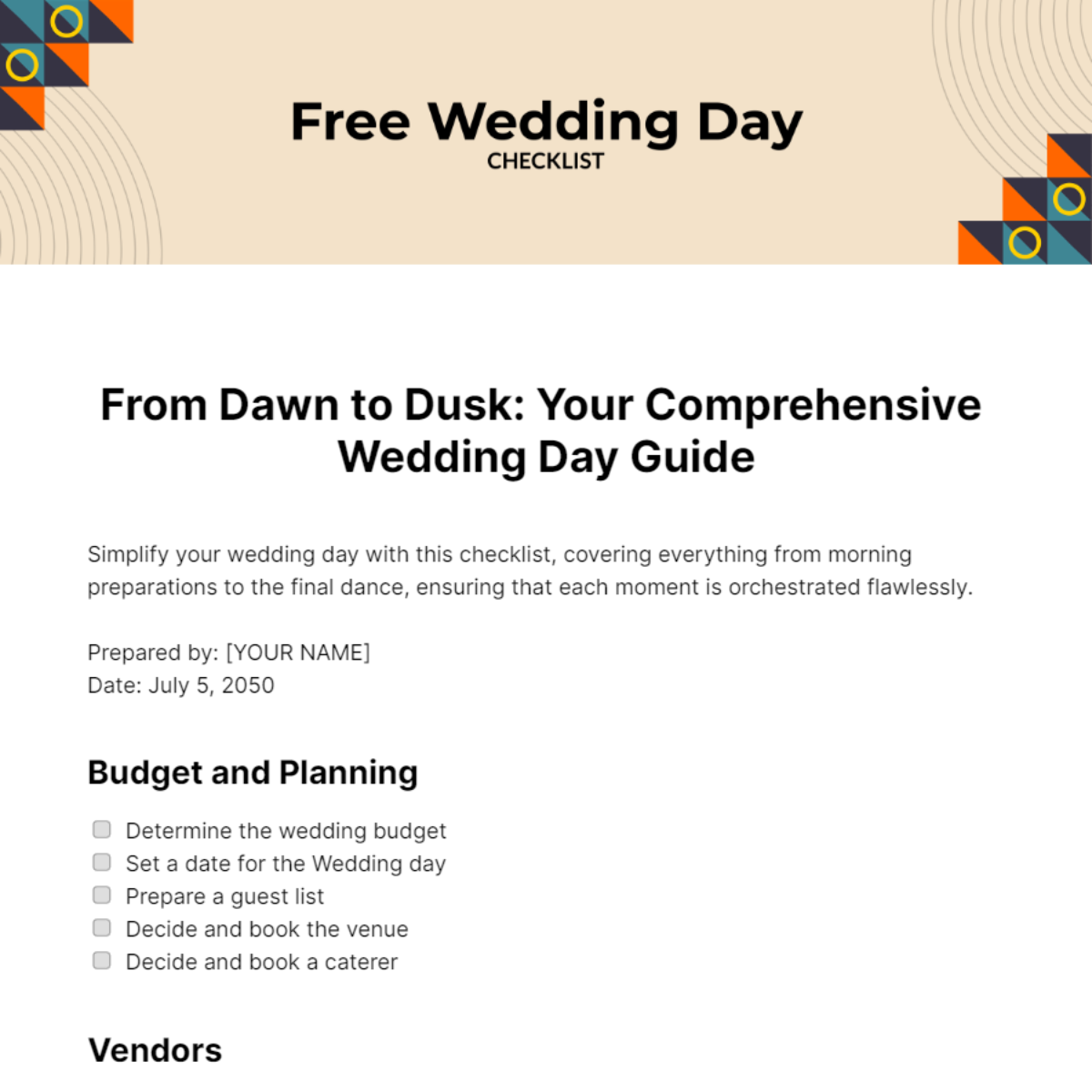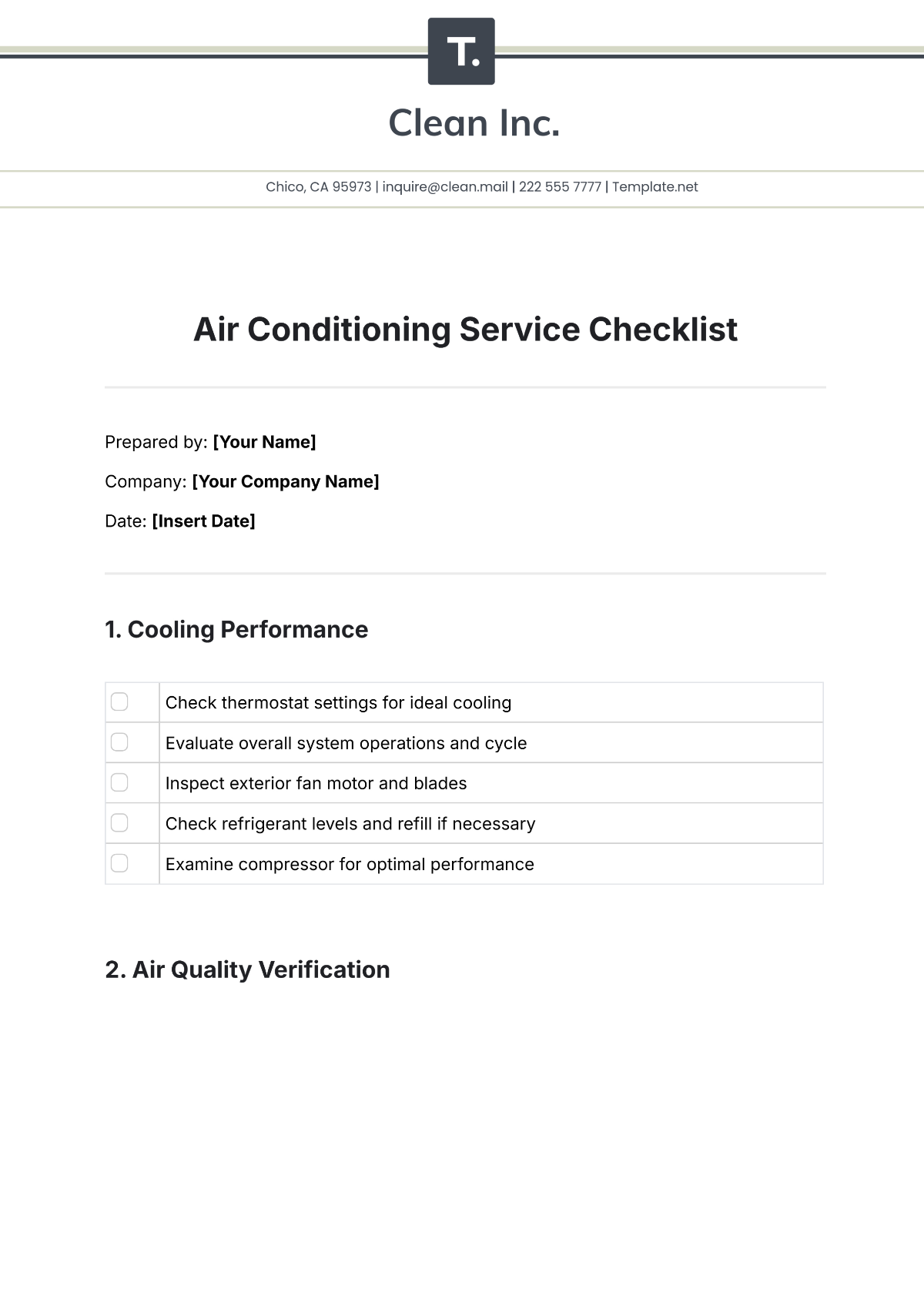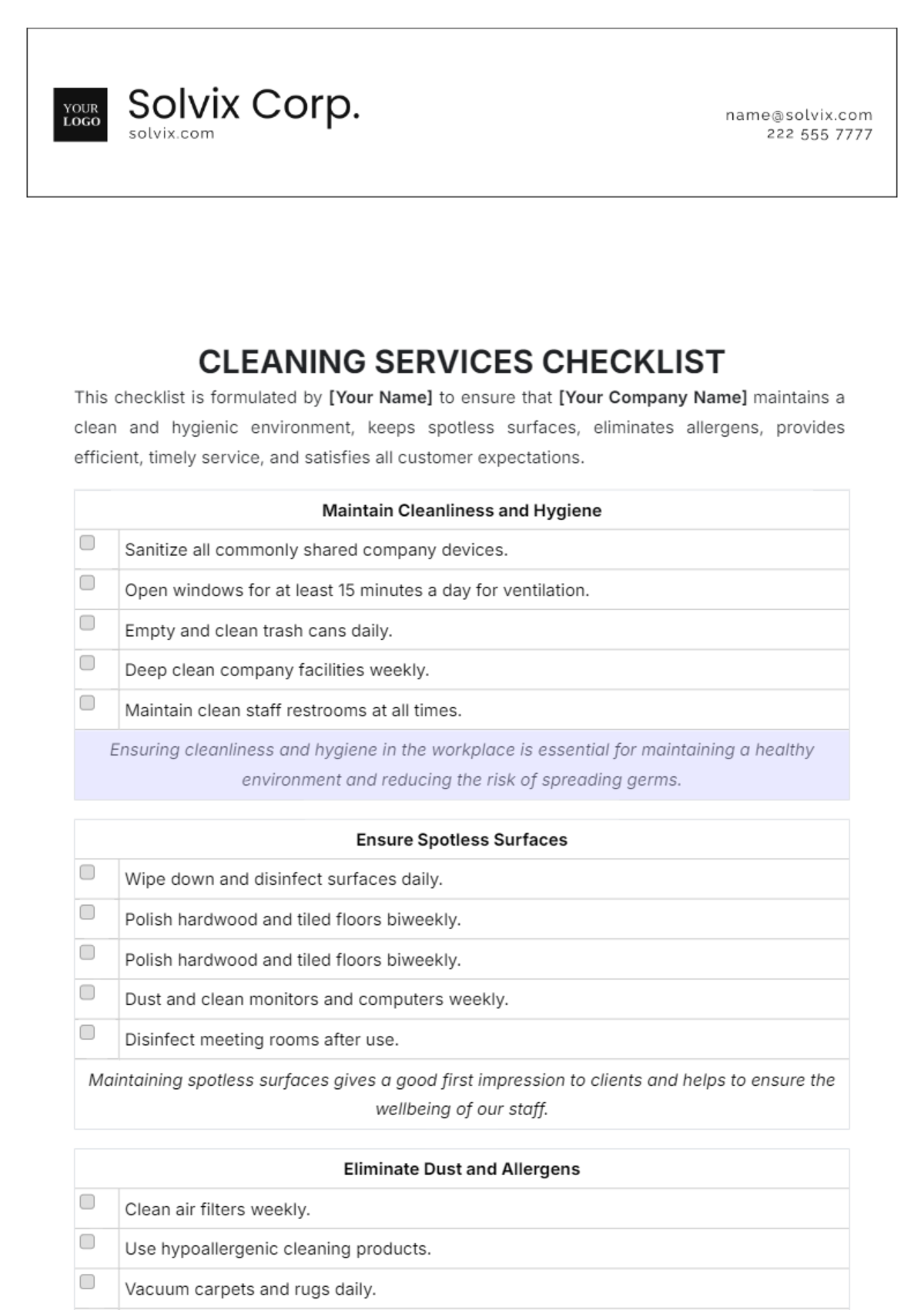Key Insights for SEO, Performance, and Optimization
This document serves as a guide for optimizing your website's content according to SEO best practices. Use this checklist to easily track and manage your website's optimization tasks to attract organic traffic and engage a wider audience. Follow each step thoroughly and check the box once the action item is complete.
SEO Audit
Evaluate the current performance of the website in search engine results.
Analyze rankings, organic traffic, and visibility.
Examine the effectiveness of current SEO strategies.
Identify relevant and high-performing keywords for the industry.
Analyze search volume, competition, and user intent.
Optimize keyword selection based on business goals.
Evaluate the optimization of individual pages for target keywords.
Review backlink profile and off-site SEO strategies.
Identify areas for improvement and potential risks.
Review the organization and structure of website URLs.
Ensure URLs are SEO-friendly and reflect content hierarchy.
Address any issues related to URL optimization.
Assess the responsiveness and user-friendliness of the website on mobile devices.
Identify and rectify any issues affecting mobile user experience.
Ensure mobile optimization aligns with search engine standards.
Website Performance Analysis
Measure the website's loading time on various devices and connections.
Identify and address factors affecting page speed.
Optimize images, scripts, and other elements impacting loading times.
Review the efficiency of the website's source code.
Identify and rectify any redundant or poorly optimized code.
Ensure adherence to best practices for coding efficiency.
Evaluate the ease of navigation for users across the website.
Identify and address any navigation issues affecting user experience.
Optimize menu structures and internal linking for improved navigation.
Analyze user engagement through bounce rate and page views.
Identify pages with high bounce rates and low engagement.
Implement strategies to improve content and user interaction.
Utilize Google Analytics to gain insights into user behavior.
Evaluate popular pages, user journeys, and conversion funnels.
Make data-driven decisions to enhance user experience and achieve business goals.
Website Optimization Checklist
Ensure high-quality, relevant, and engaging content.
Optimize content for target keywords and user intent.
Implement content updates based on SEO performance.
Optimize title tags, meta descriptions, and header tags with relevant keywords.
Ensure metadata accurately represents the content on each page.
Monitor and adjust metadata for ongoing optimization.
Implement strategies to enhance website loading times.
Compress images, leverage browser caching, and minimize HTTP requests.
Regularly monitor and optimize for optimal performance.
Enhance the user experience by optimizing site navigation.
Streamline menu structures and improve internal linking.
Ensure a logical flow of information for users.
Continuously test and optimize the website for mobile devices.
Prioritize responsive design and mobile-friendly features.
Address any issues affecting the mobile user experience promptly.
Site Health Assessment
Conduct regular audits for broken links, 404 errors, and other issues.
Use tools to identify and address errors impacting user experience.
Implement redirects and fixes as needed.
Assess the website's security measures and protocols.
Implement SSL certificates and other security best practices.
Regularly update and patch vulnerabilities to protect against threats.
Regularly scan the website for broken links and redirects.
Fix broken links promptly to ensure a seamless user experience.
Use tools to automate the detection and resolution of broken links.
Ensure adherence to web standards and coding best practices.
Validate HTML, CSS, and other code elements for compliance.
Address any coding errors or issues that may affect site performance.
Regularly back up the website data, including content and databases.
Verify the integrity of backups and ensure their accessibility.
Implement a reliable backup strategy to prevent data loss in case of emergencies.
On-page SEO Analysis
Evaluate the relevance, uniqueness, and quality of on-page content.
Identify opportunities to enhance content for SEO and user engagement.
Optimize content based on keyword research and user intent.
Ensure title tags and meta descriptions accurately represent page content.
Optimize for target keywords and encourage click-throughs.
Test and refine titles and meta descriptions for optimal performance.
Review images across the website and ensure each has descriptive alt text.
Optimize alt text for relevant keywords and accessibility.
Enhance the overall SEO and user experience with well-crafted image alt text.
Evaluate the effectiveness of internal linking strategies.
Ensure a logical and hierarchical structure for internal links.
Optimize anchor text and distribution for improved SEO.
Review the use of headers in page content.
Ensure a clear hierarchy and structure for headers.
Optimize headers for both SEO and readability.
Conducted by: [Your Name]
Company: [Your Company Name]
Conducted on: [Date]

